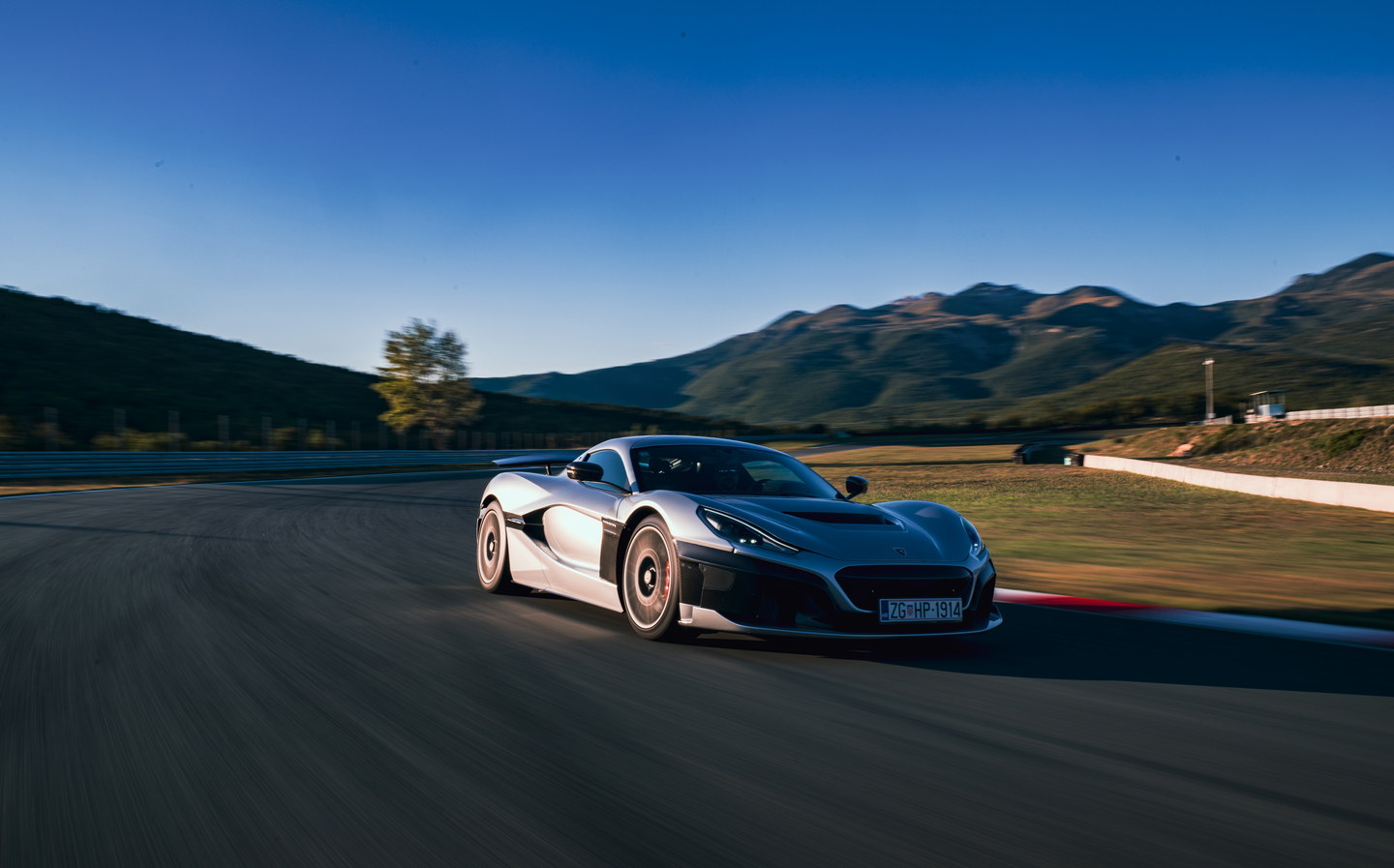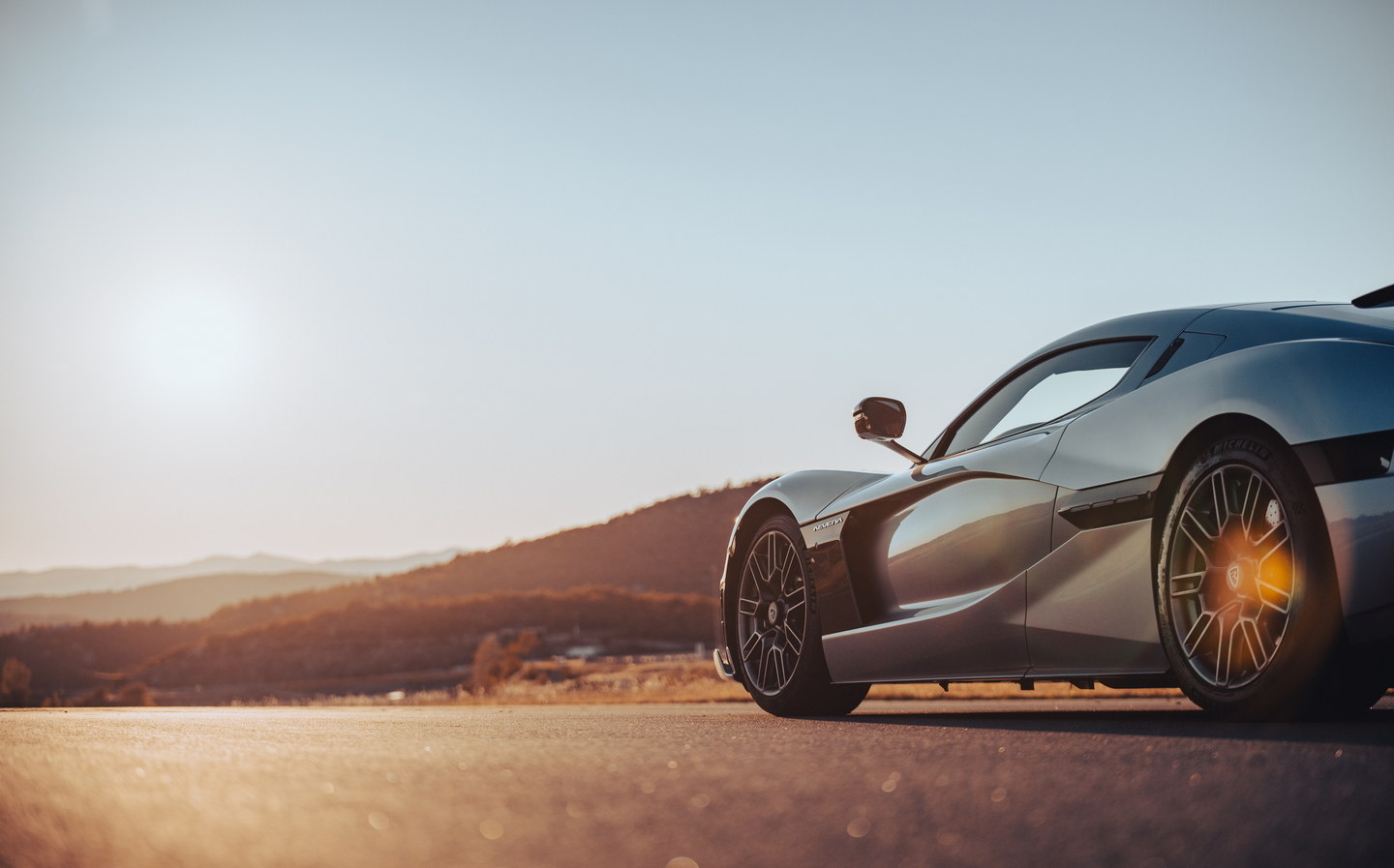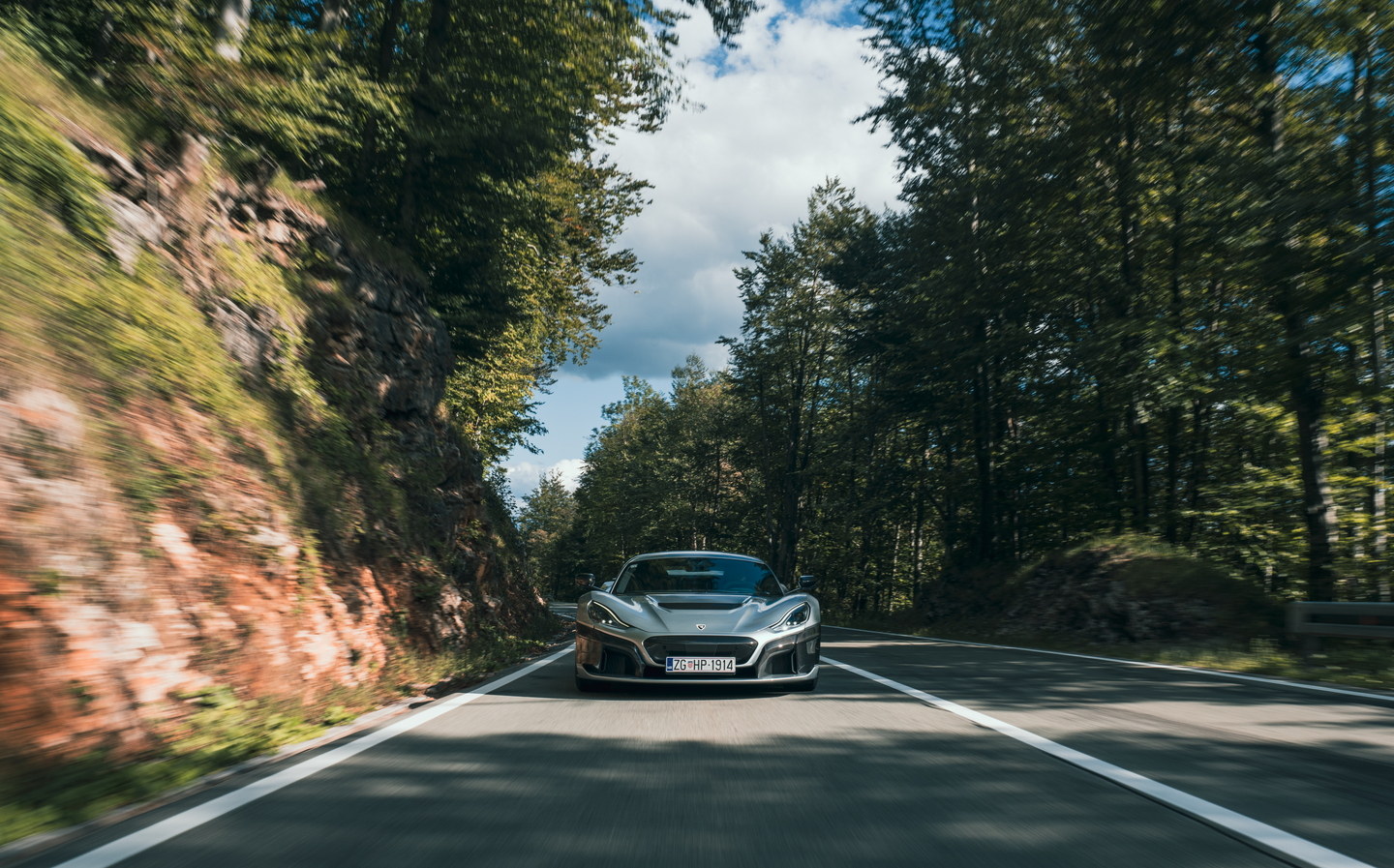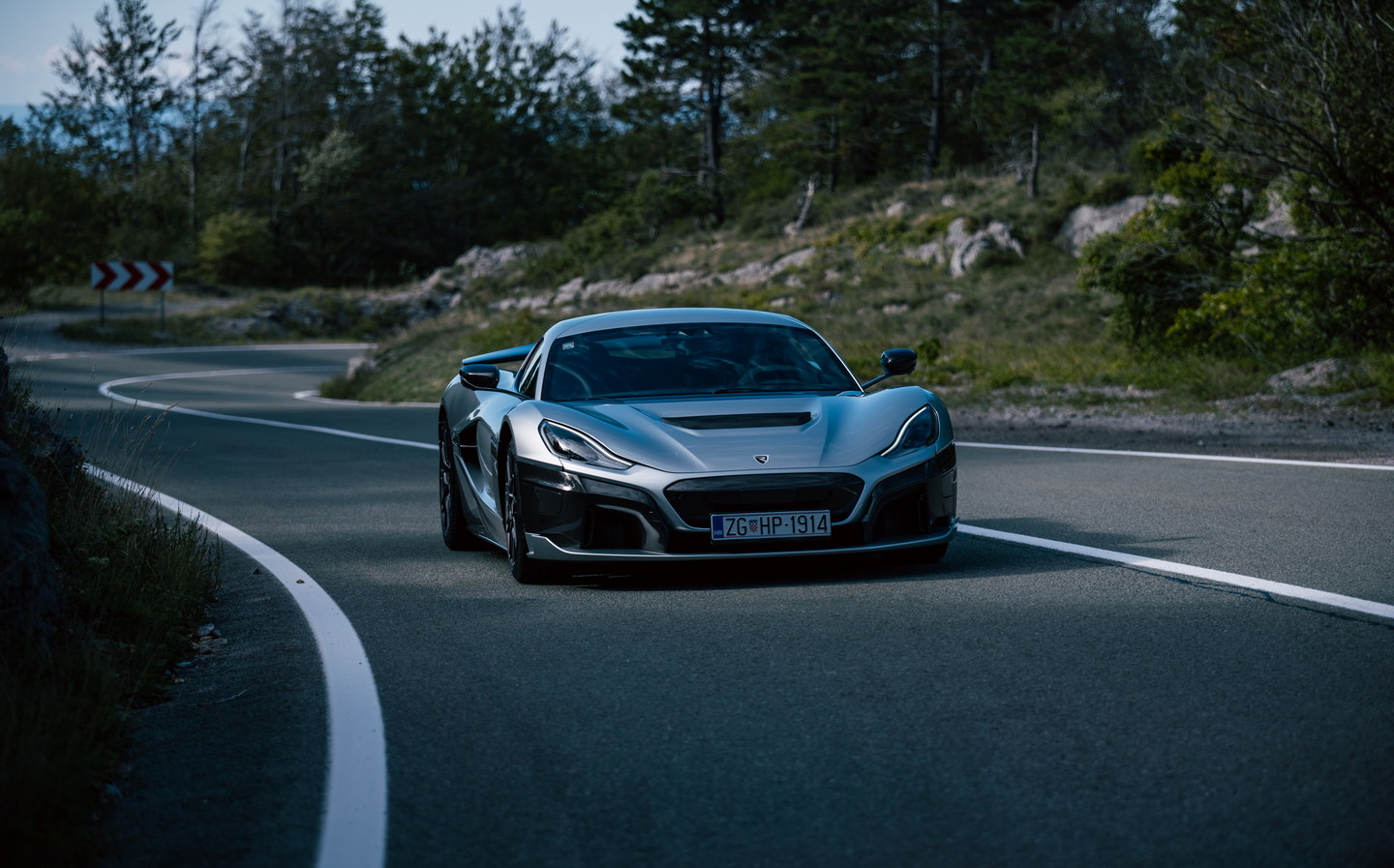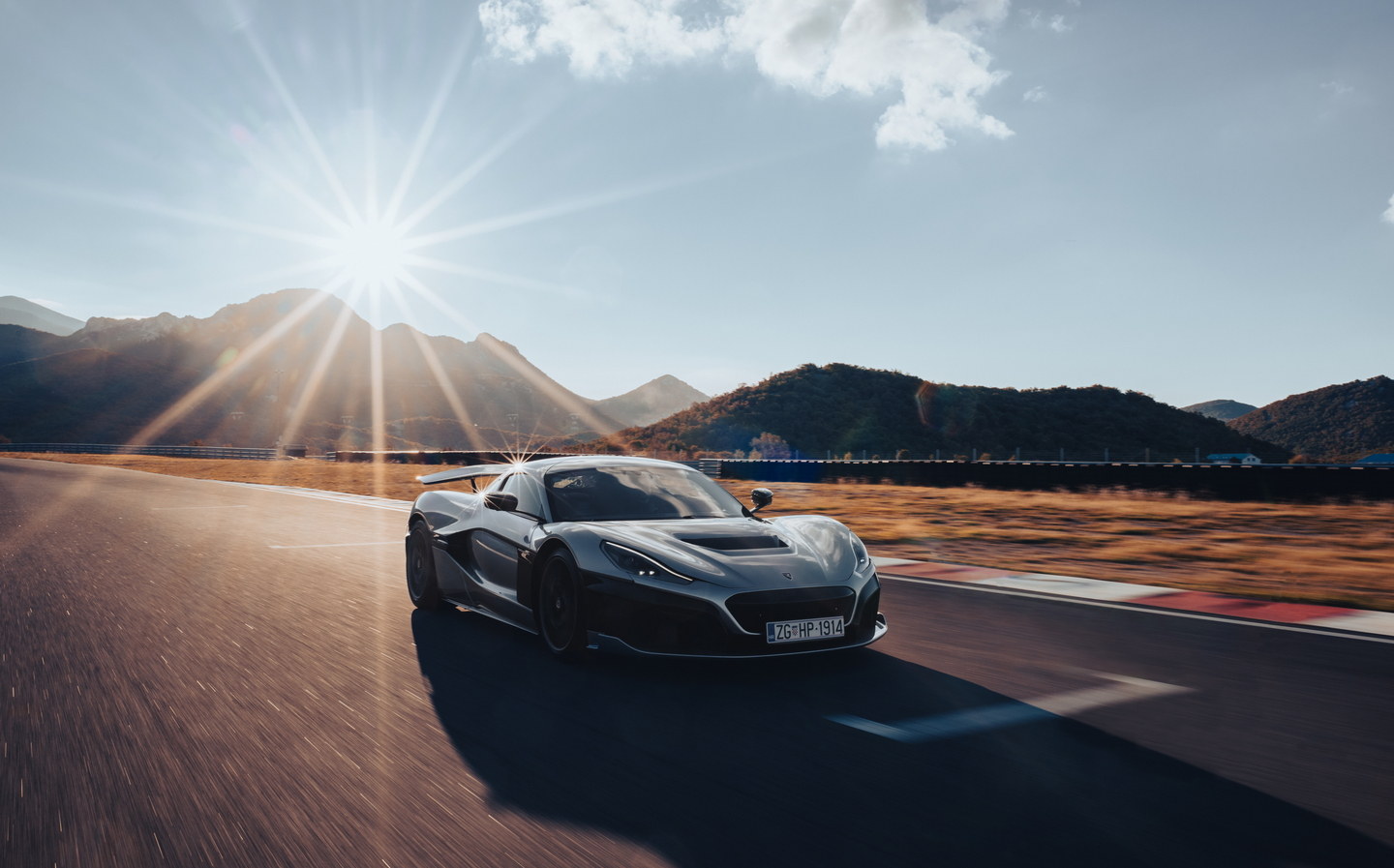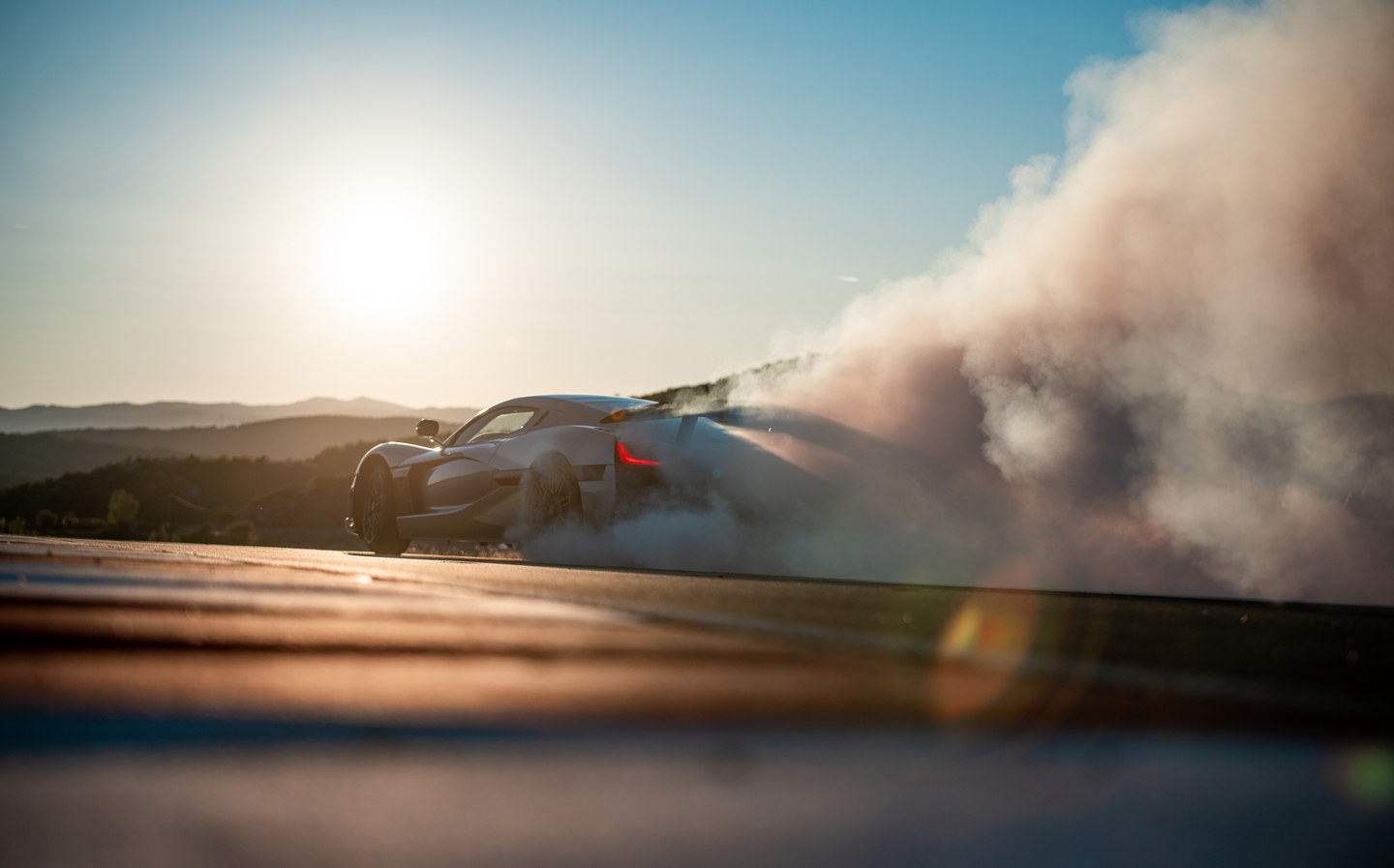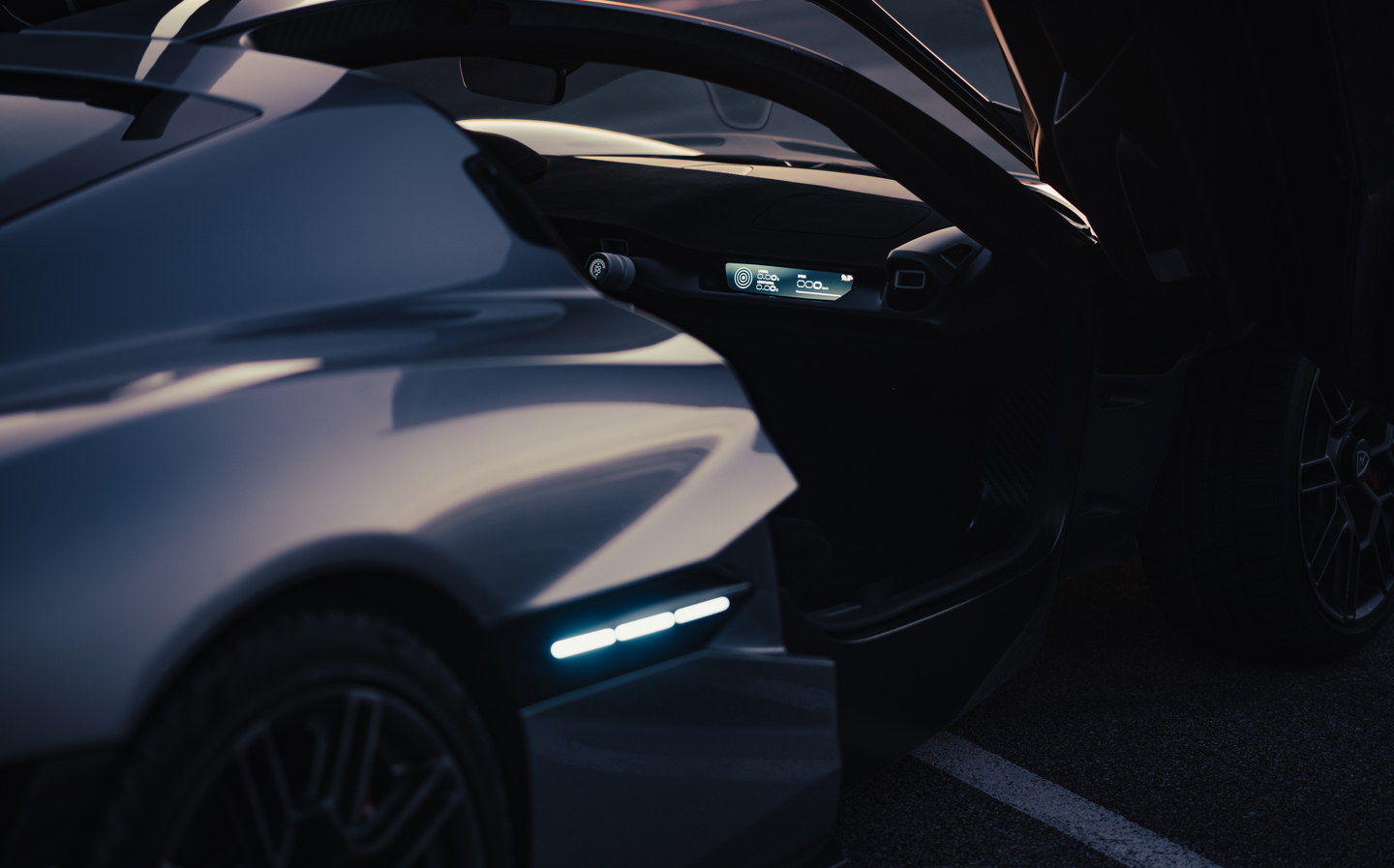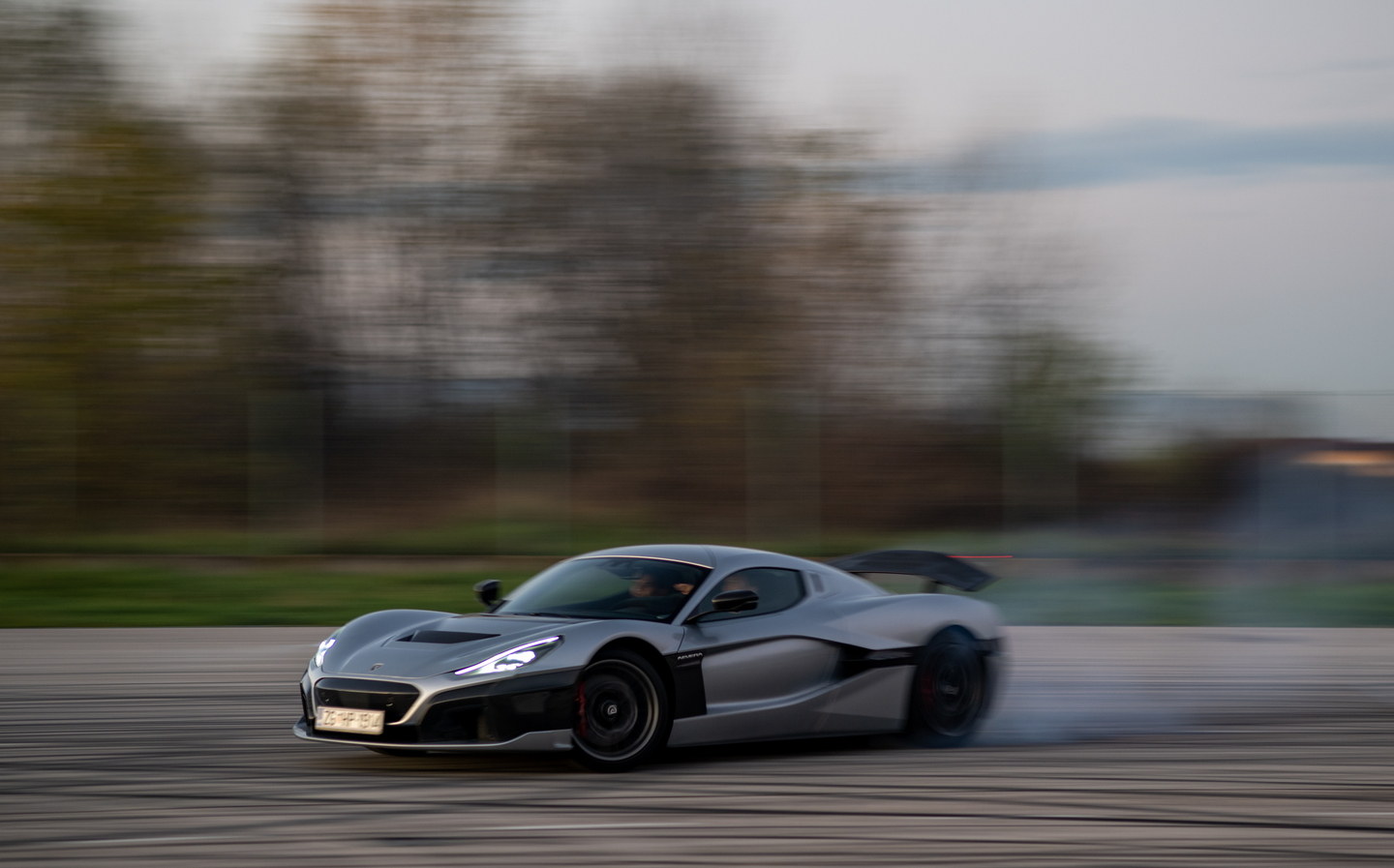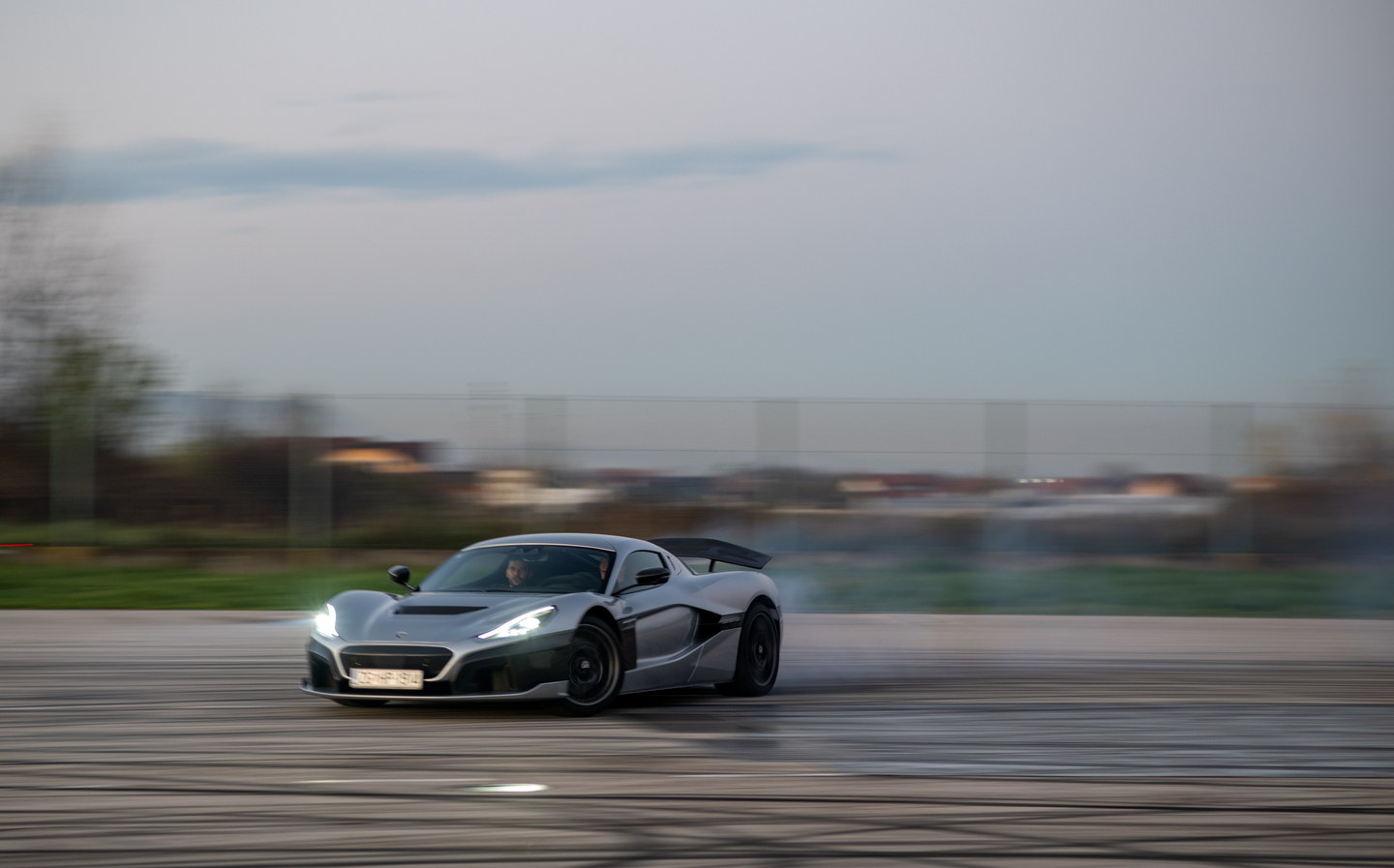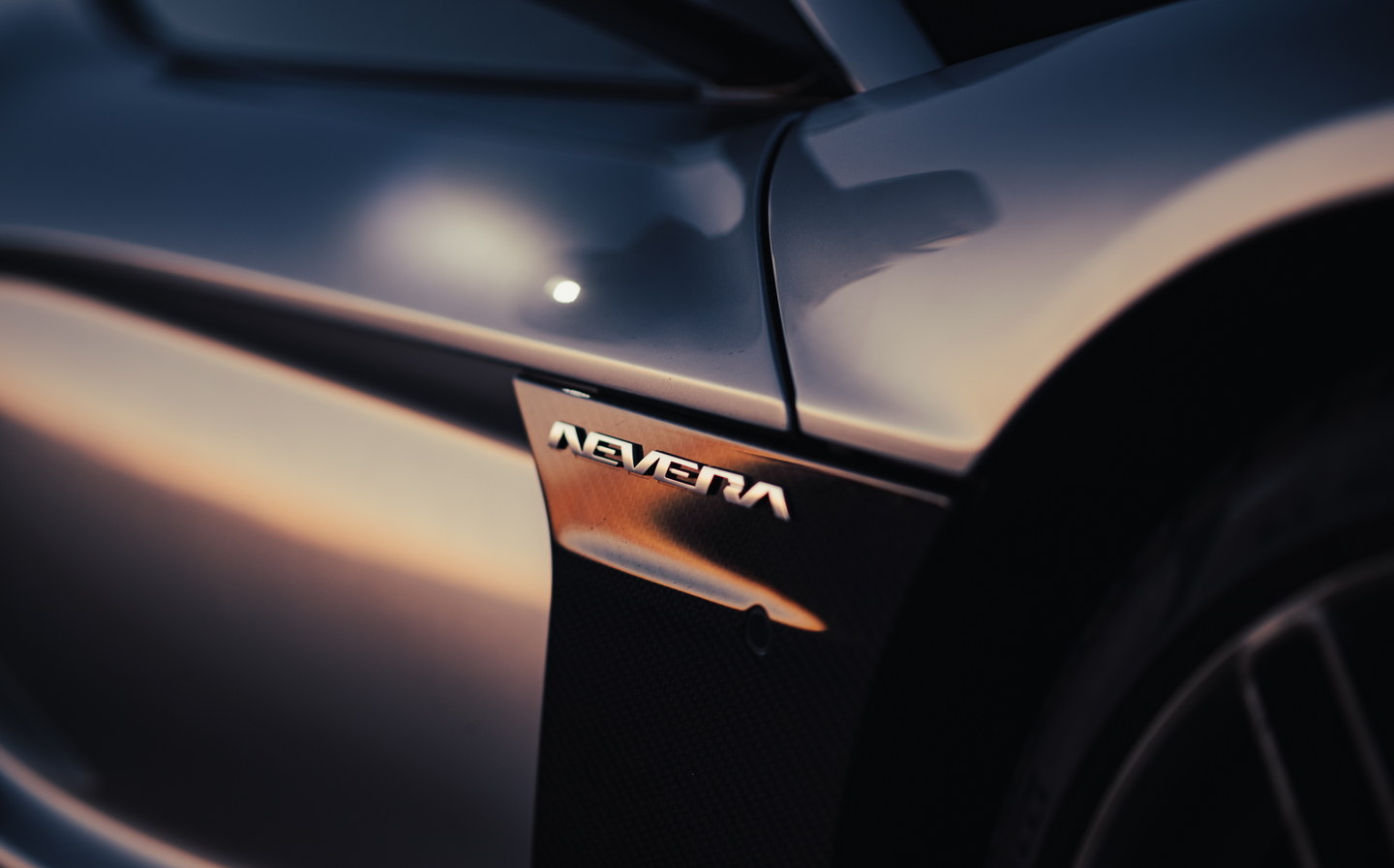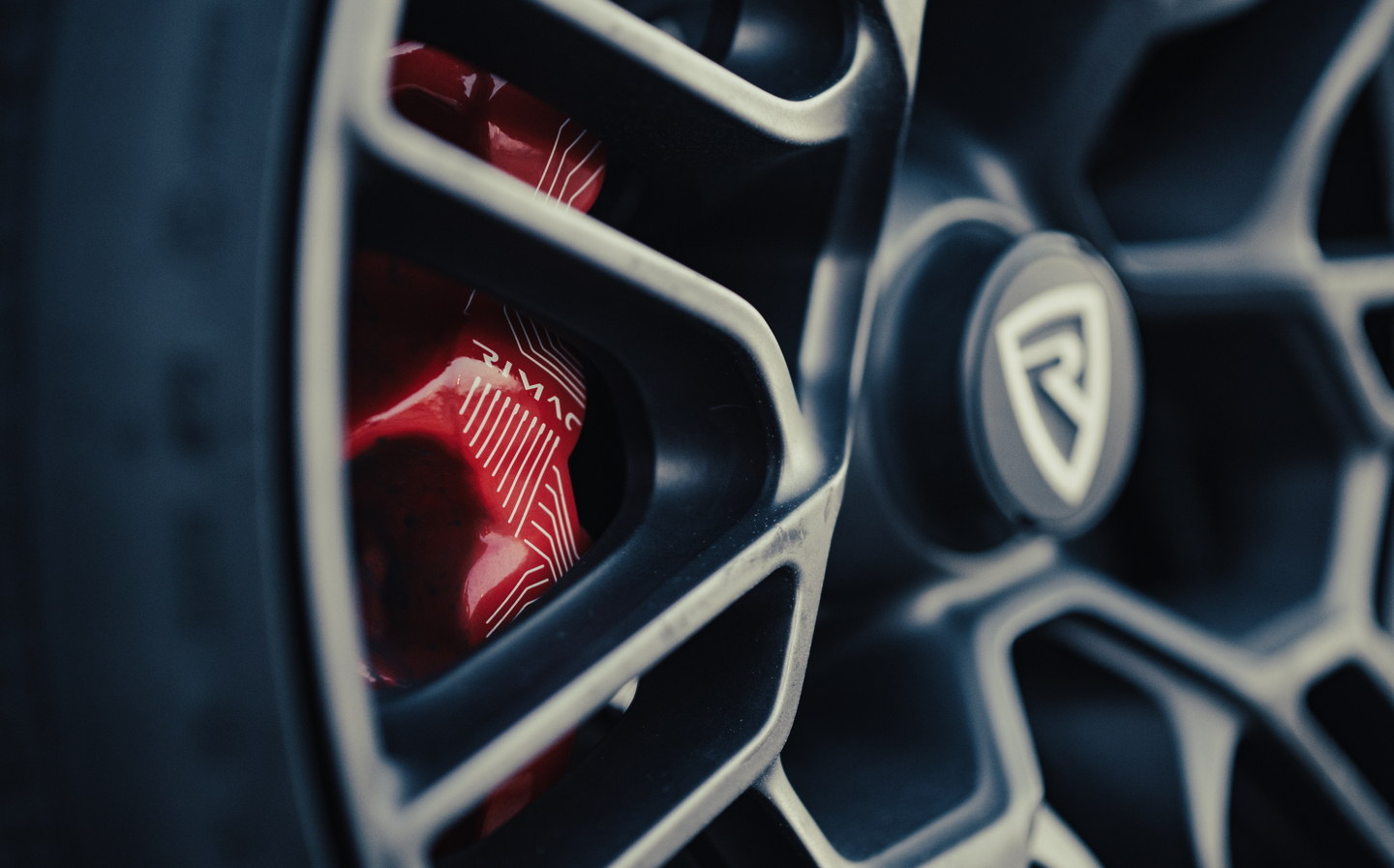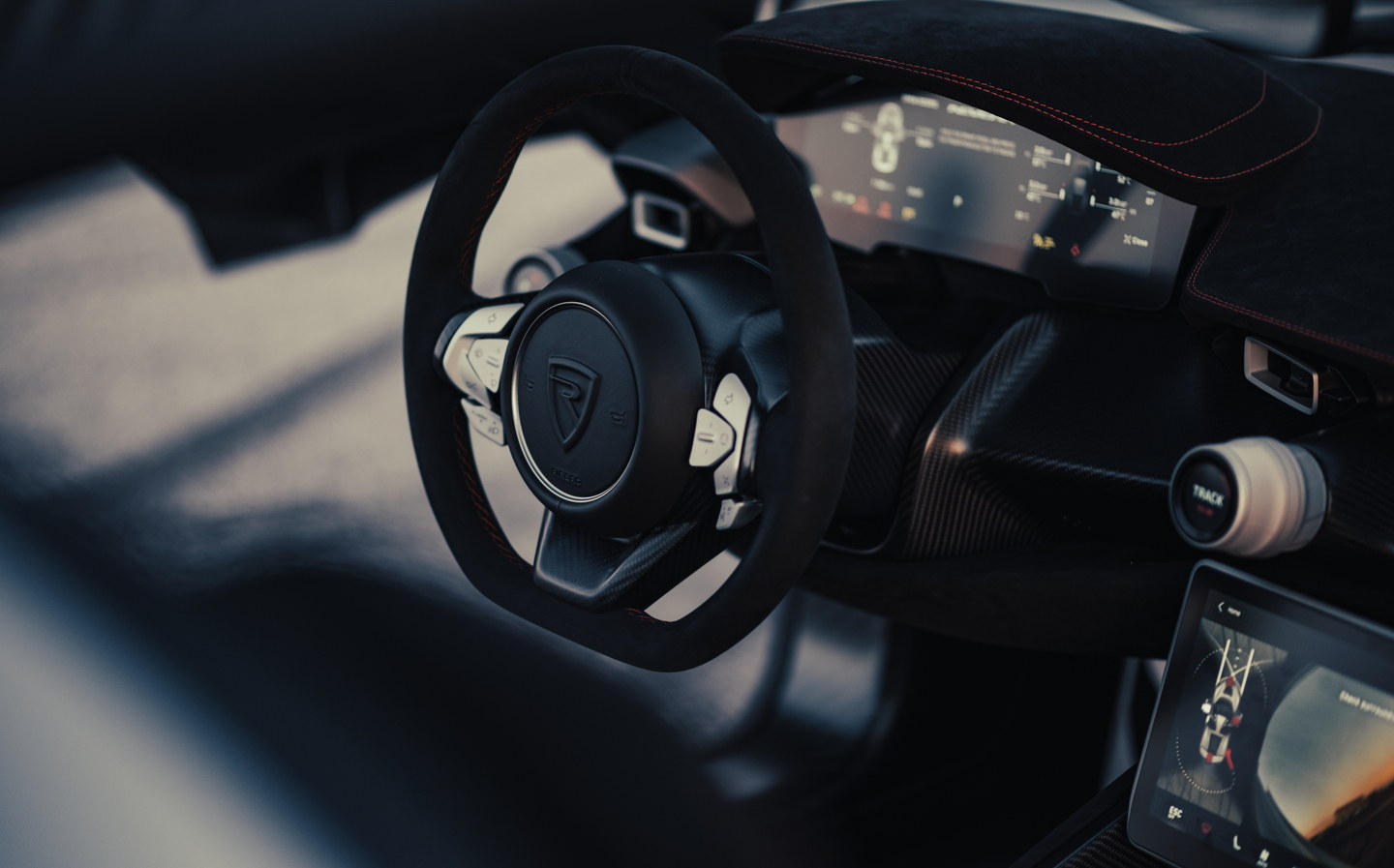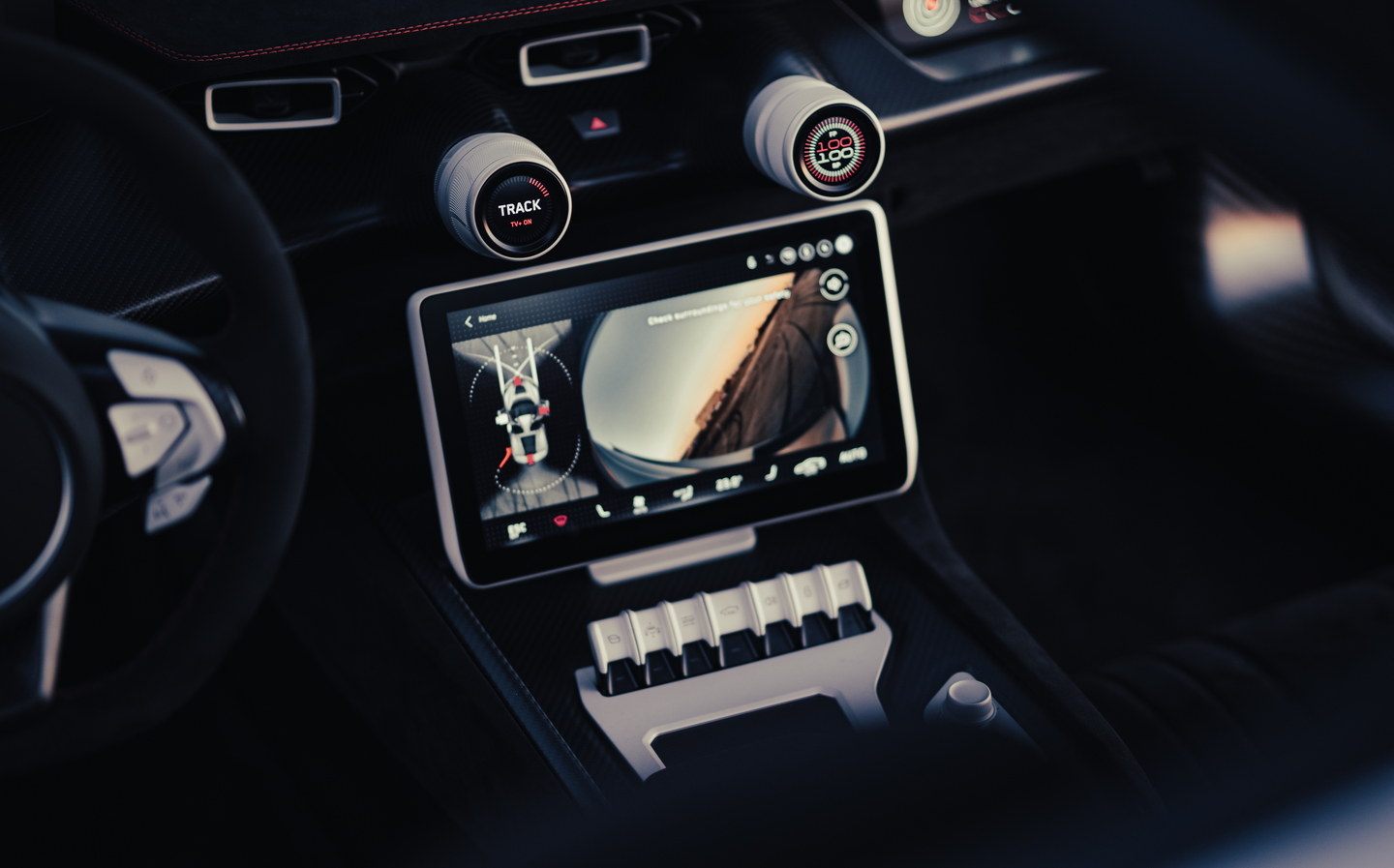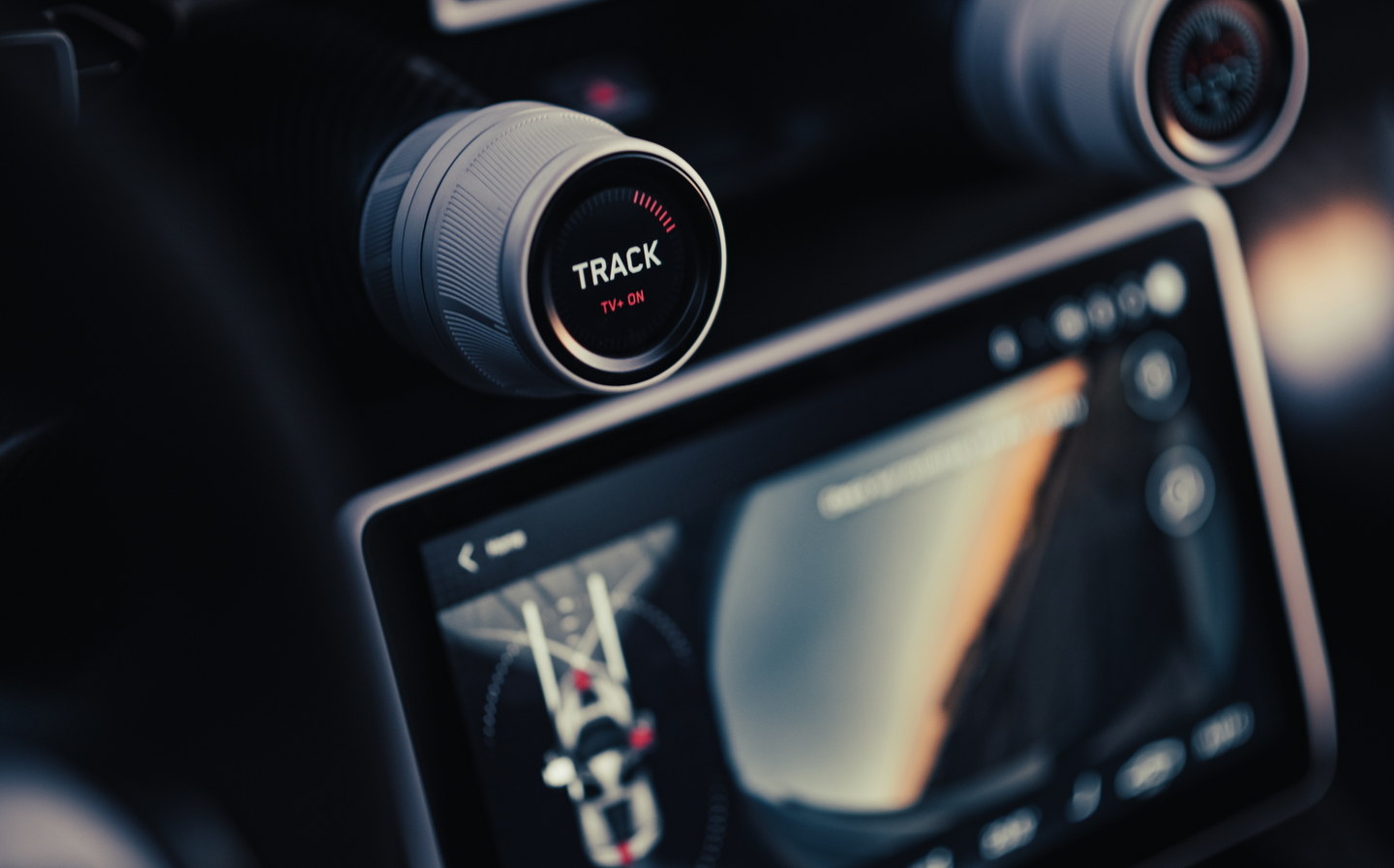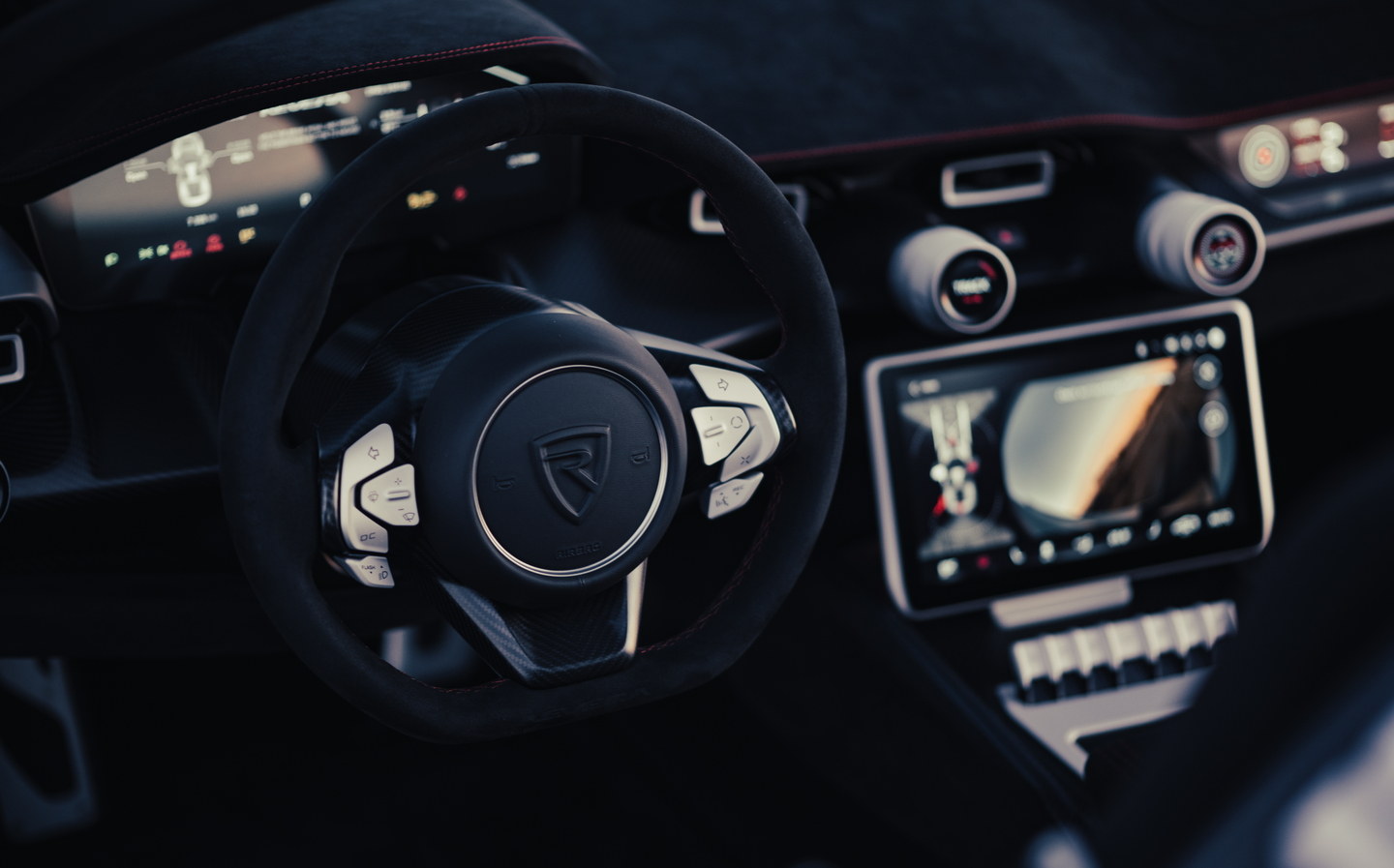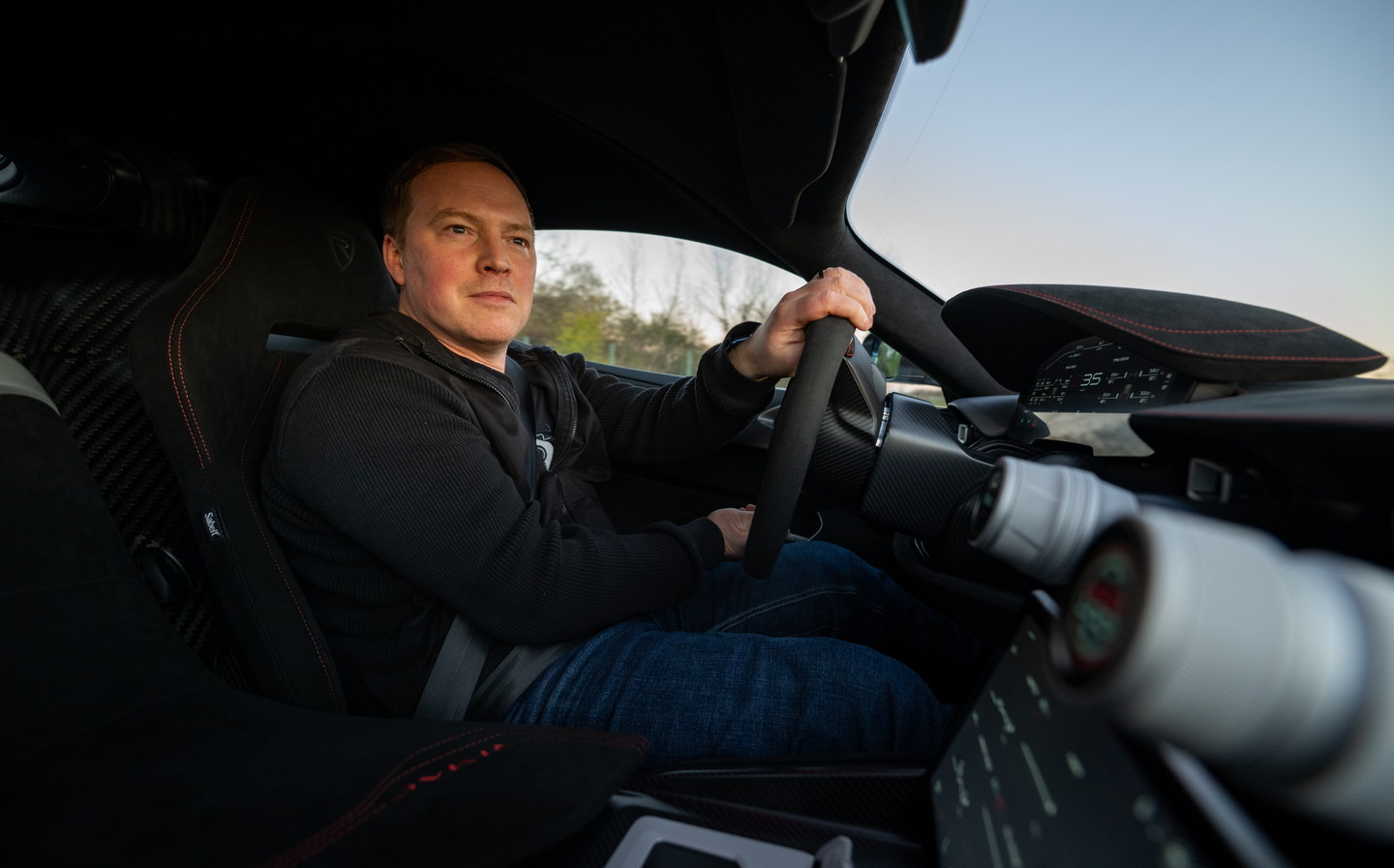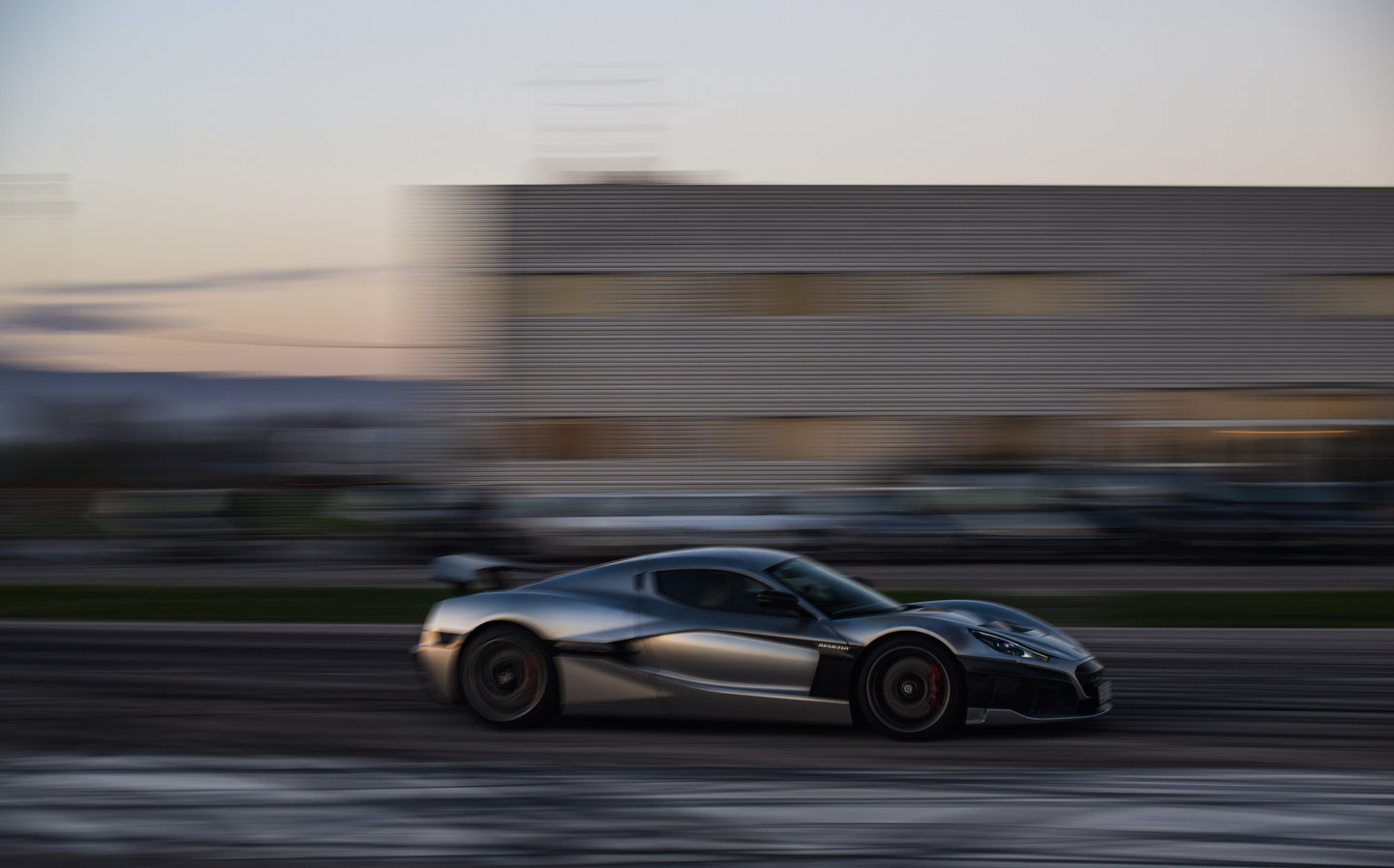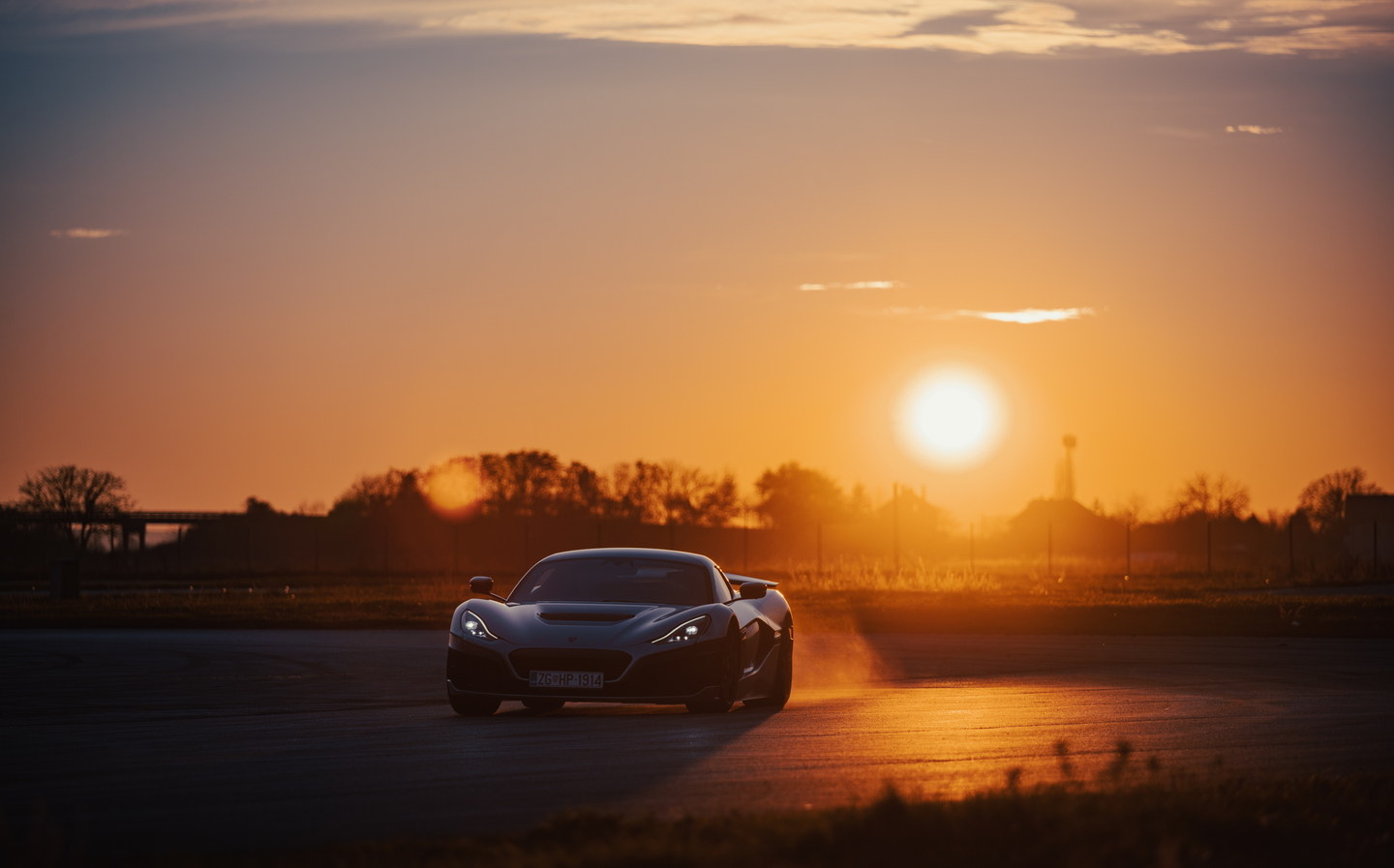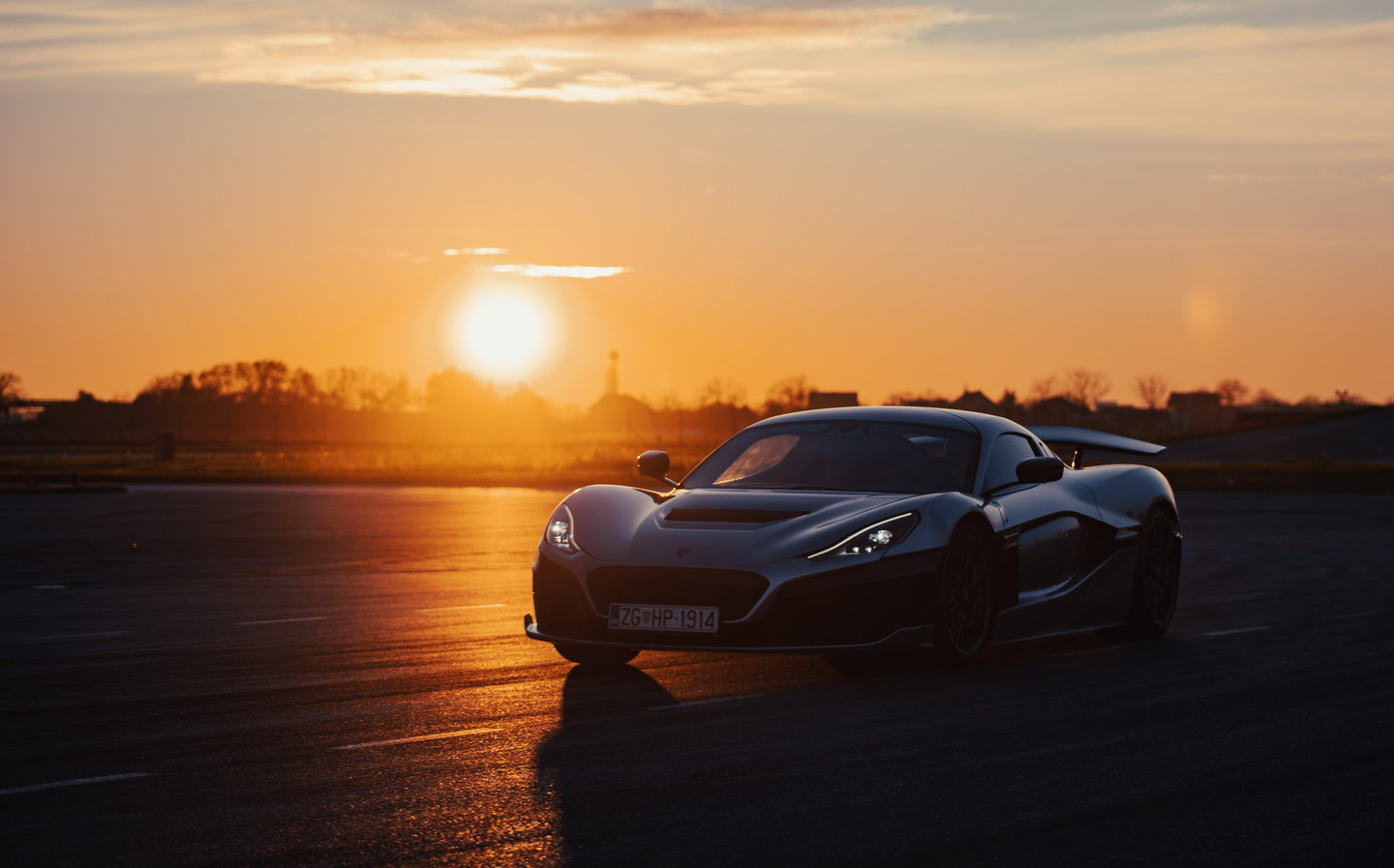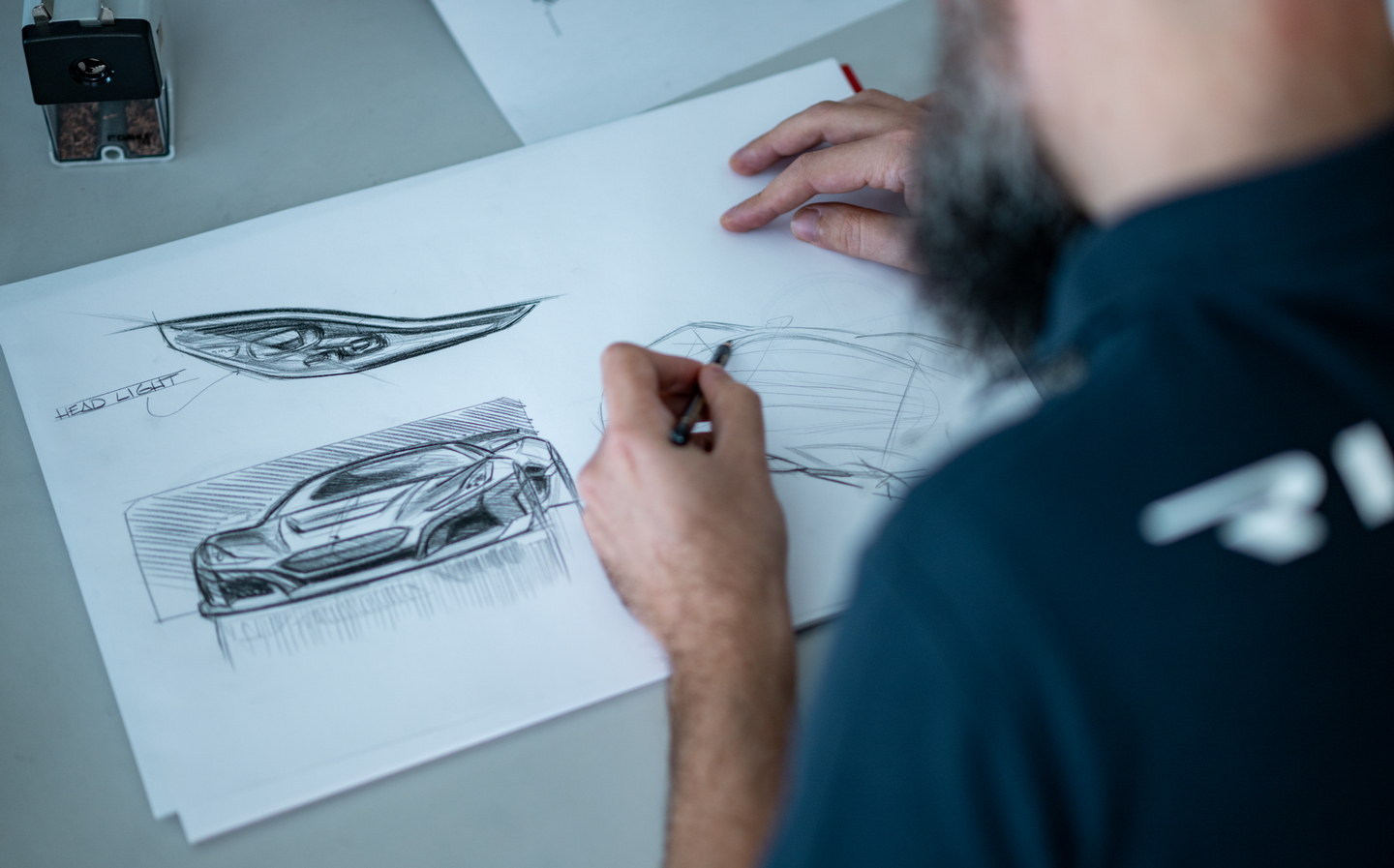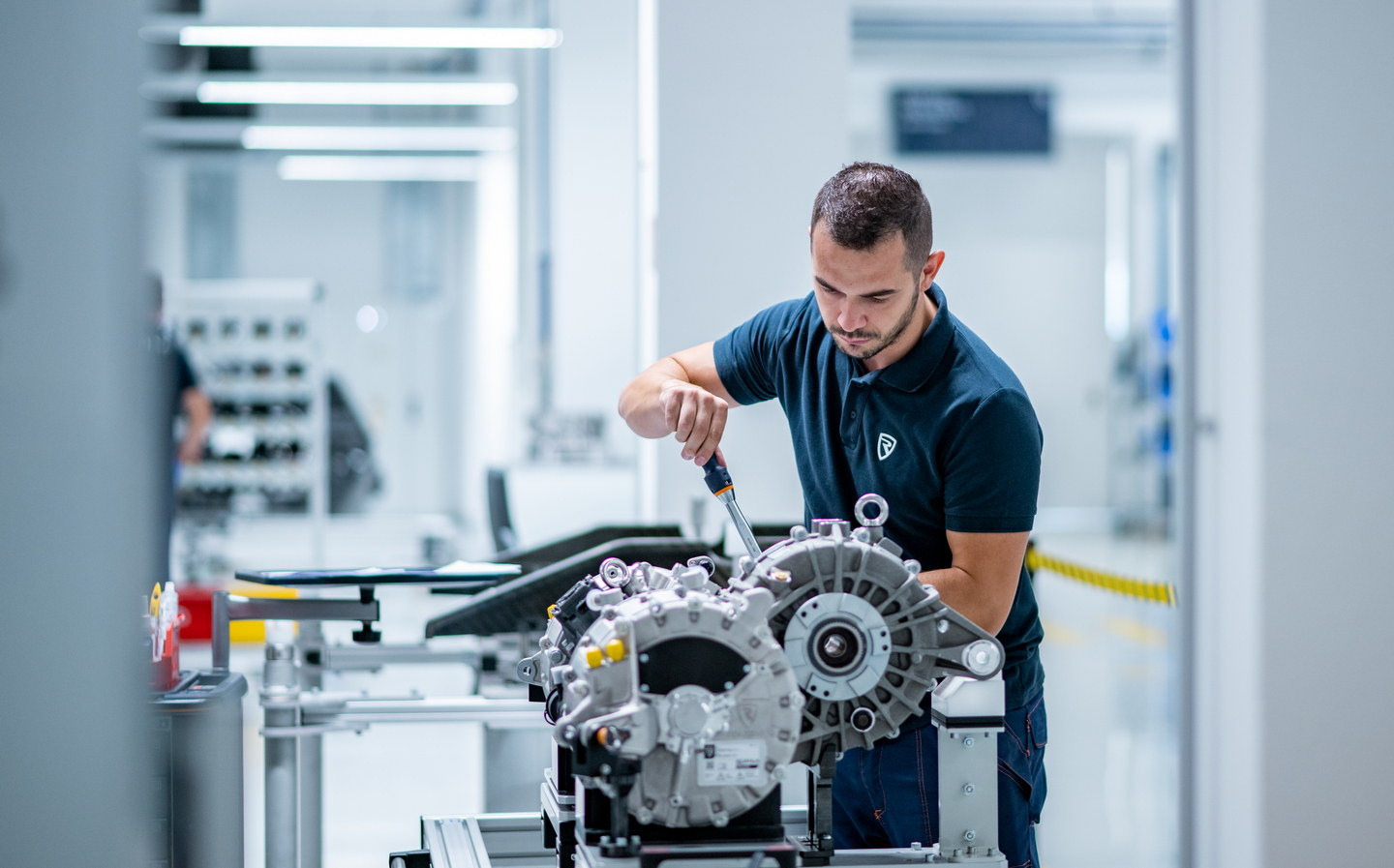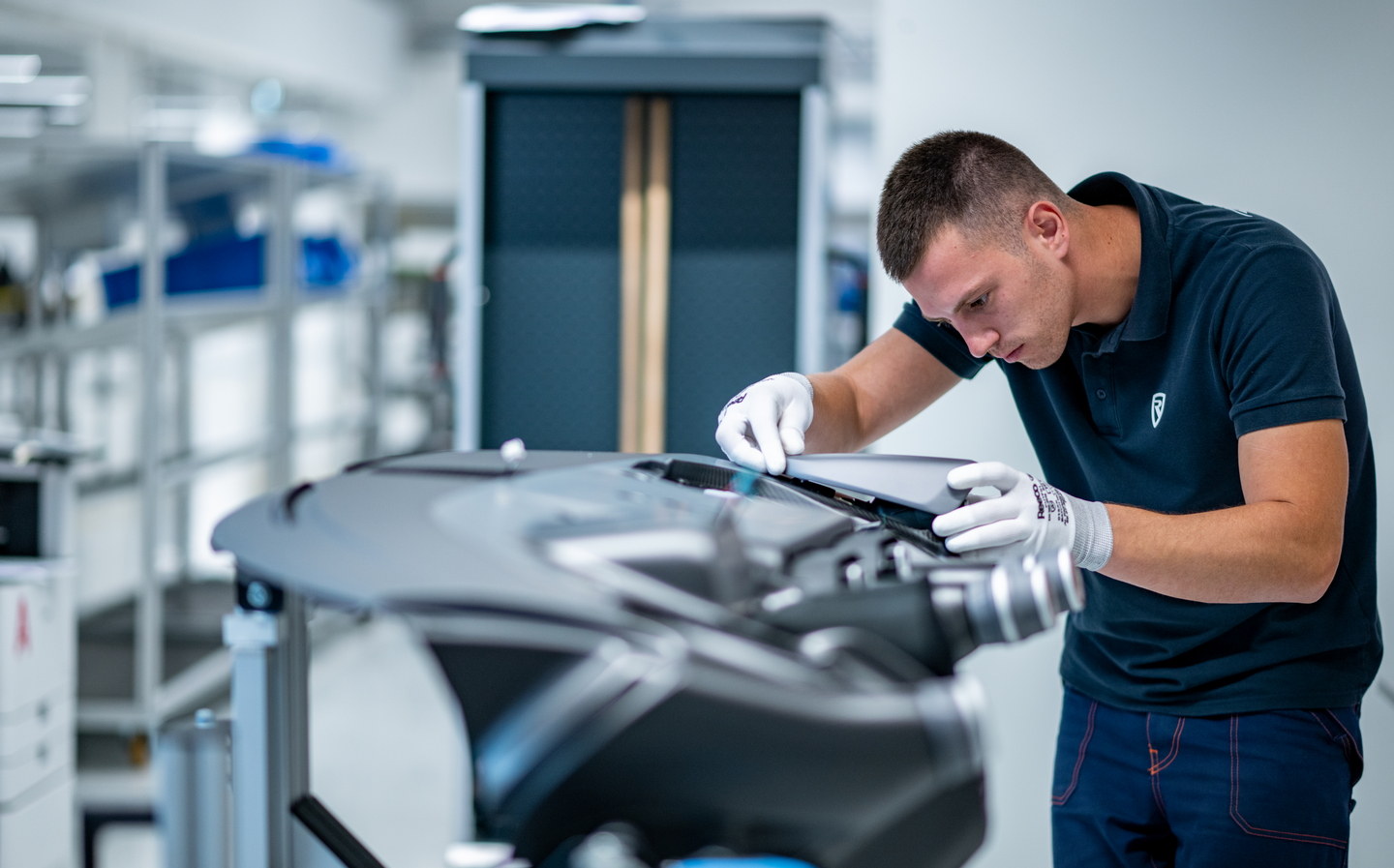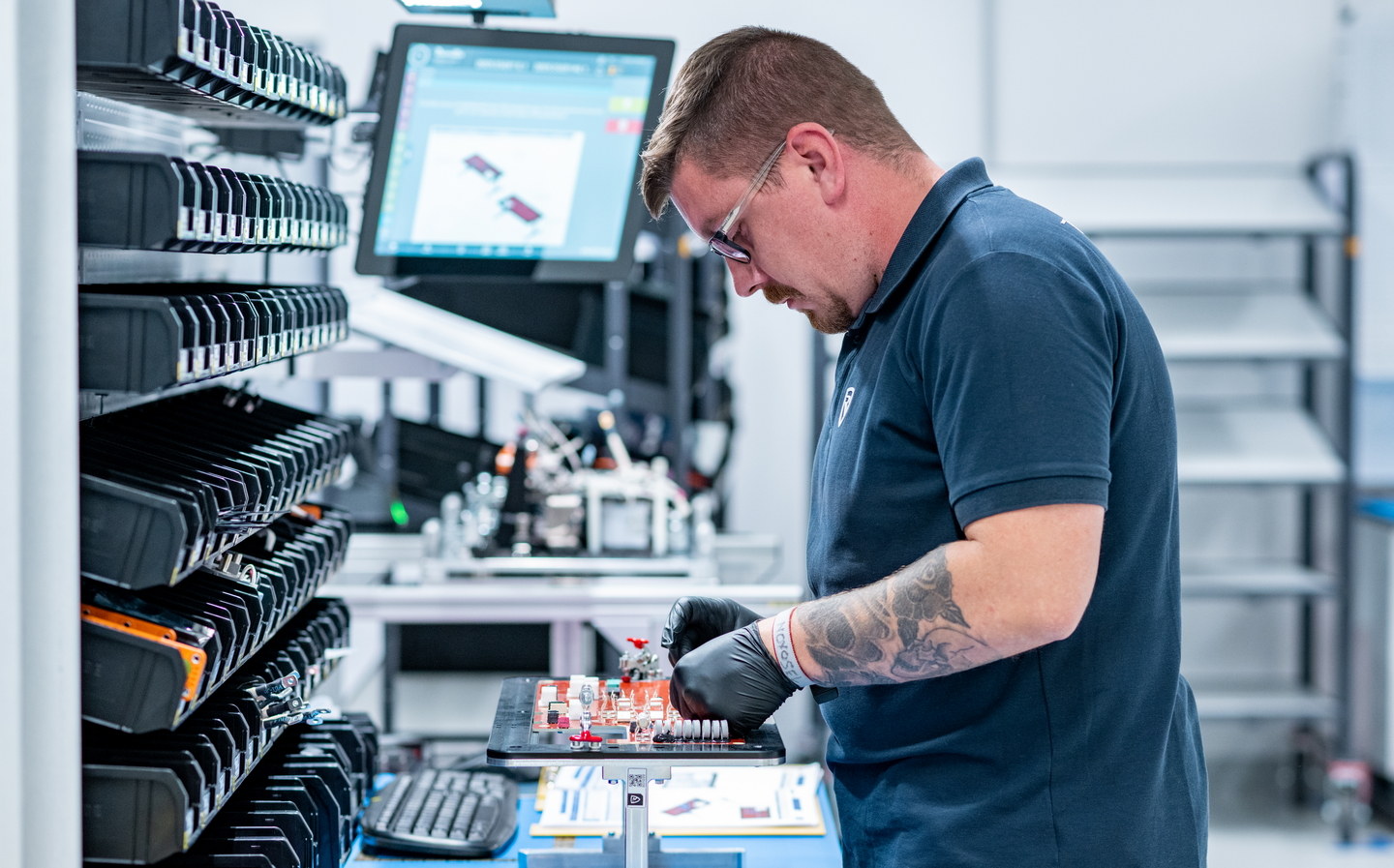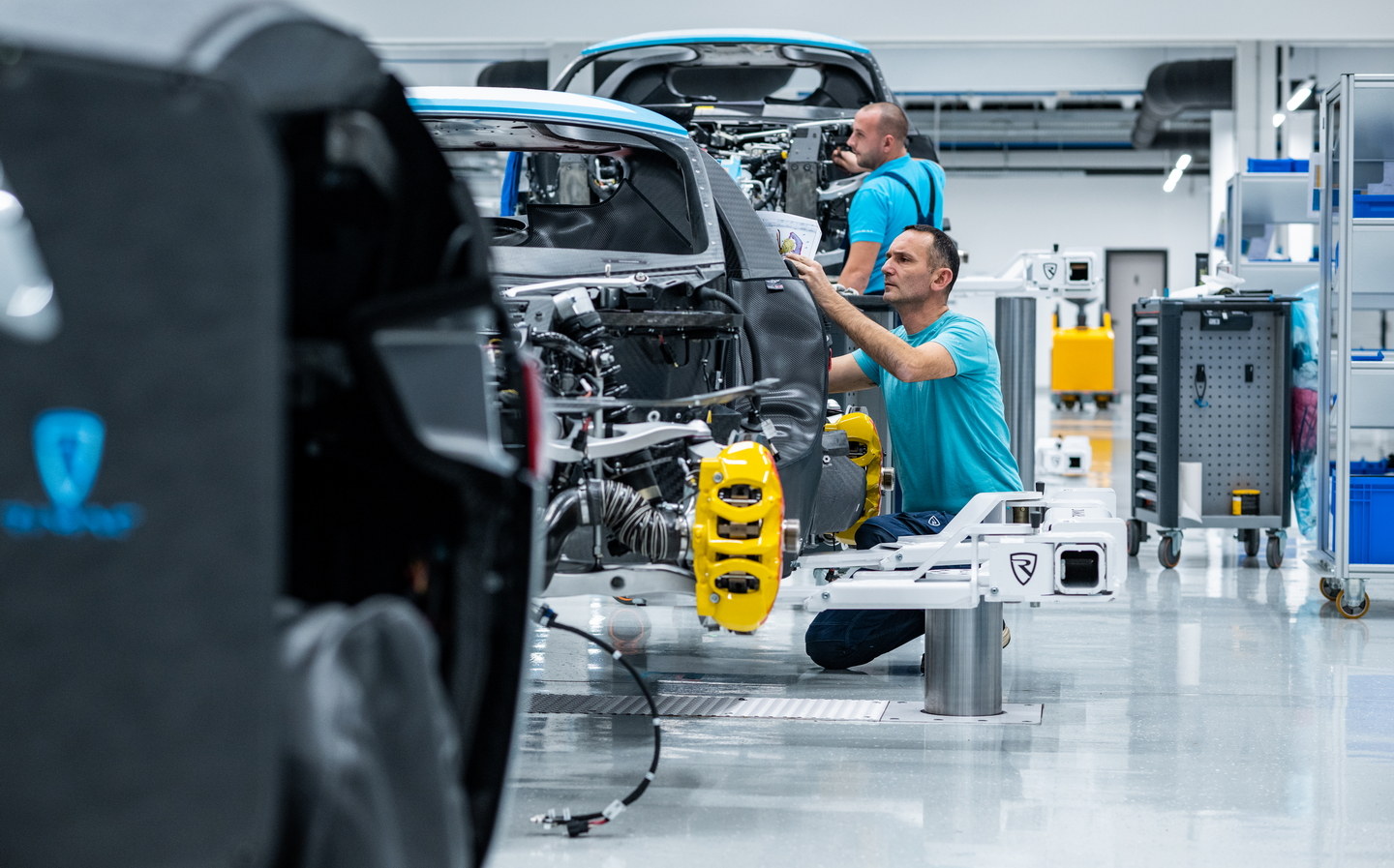Rimac Nevera review: On road and track with the fastest electric car in the world (and yes, it drifts)
Winds of change
According to Rimac (pronounced in Croatia “rim-atz”), its Nevera hypercar was named after “a quick, unexpected and mighty Mediterranean storm that races across the open sea off Croatia”. The headline figures that accompany the Croatian firm’s electric record-breaker justify the lofty epithet, but having toured the Rimac factory and spent time with its employees, it’s obvious that the name is as applicable to the company itself — and especially its founder, Mate Rimac (pictured below).
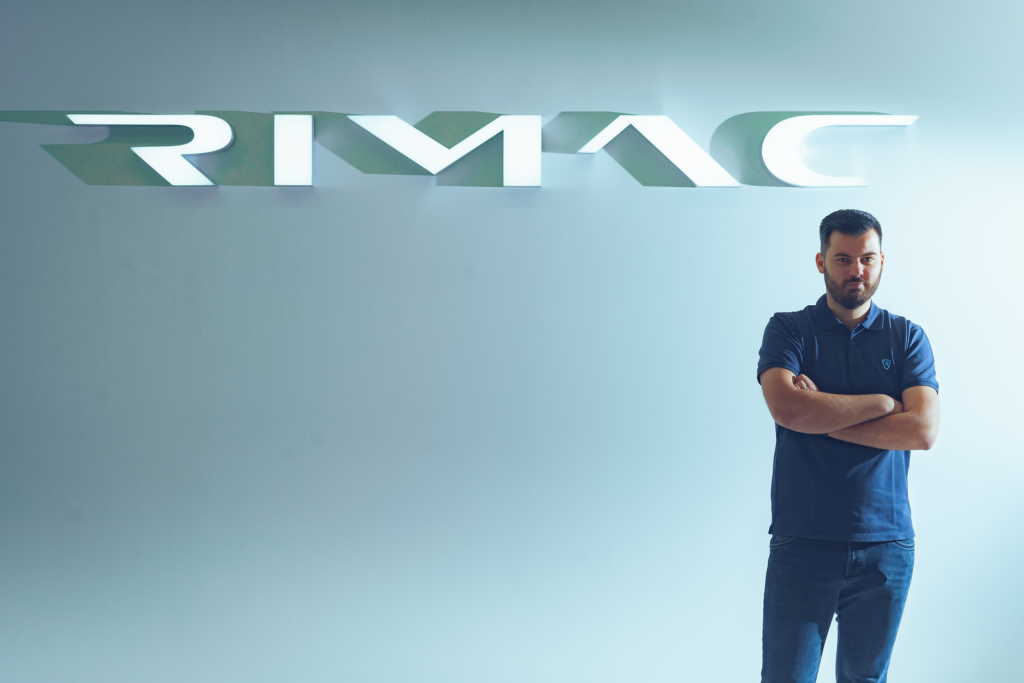
The starting point for all this is visible in a section of the factory called the “gallery”, where various crash-tested prototype Neveras share space with Mate’s own eclectic collection of vehicles. He has a few Ferraris and even a Mercedes SLR-McLaren, plus a Bugatti Chiron, of course (Mate is CEO of Bugatti Rimac as of November 2021), but he’s clearly a fan of BMW M cars, too. And there among the perfectly presented cars is the unmistakable body shell of the first-generation BMW 3 Series, the E30.
This is the car in which Mate first mixed his proven electronics expertise (from a very young age) with his love of motoring, all in his parents’ garage at home. The story goes that an engine failure prompted him to power the BMW with electric motors sourced from forklifts. His fellow trackday enthusiasts initially made fun of the car, but over time he developed his own electric components and the “Rimac BMW e-M3” went on to set five Guinness and FIA world records for the fastest accelerating electric car.
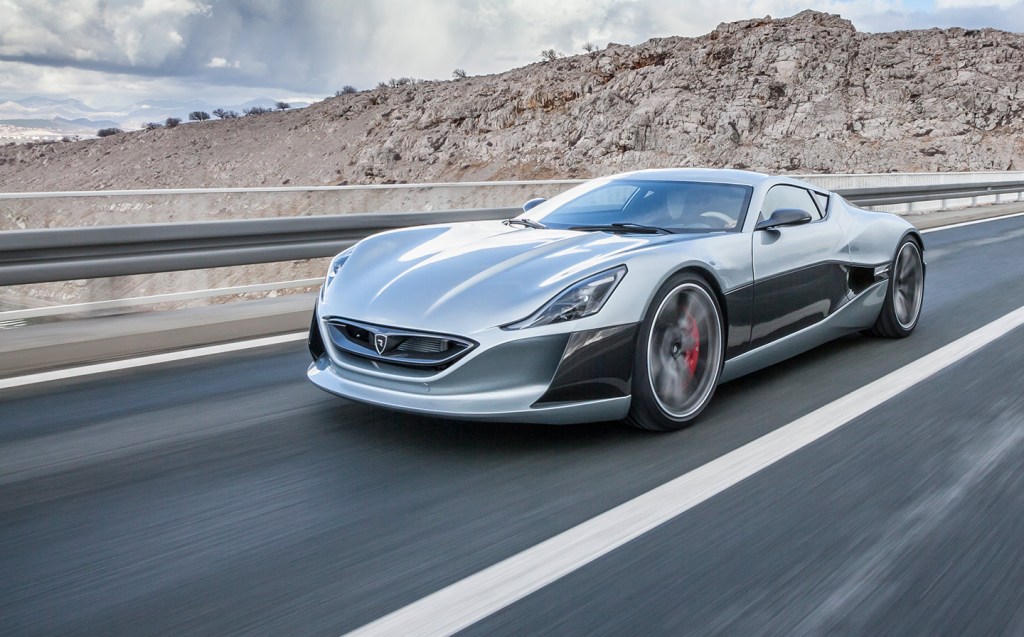
That was 2011, and Mate was just 23, but he already envisioned creating a ground-breaking electric supercar, starting with a blank sheet of paper. The Rimac Concept_One (made famous by Richard Hammond crashing it a few years later), was born that year, built by Rimac’s eight employees just in time to present it at the Frankfurt motor show.
To finance the project, the company worked on EV technology for other car makers, and started turning a profit in 2013. Two years later, the team numbered 100 people; in 2017, that jumped to 250 and the following year they unveiled the C_Two (which became Nevera) at the Geneva motor show.
In the gestation period from that display car to the first customer-ready Nevera (2016 Formula One World Champion Nico Rosberg’s, no less), the work of Rimac Technology expanded at pace. Rimac nonchalantly confirms that by 2020 it was “working with almost every single OEM in Europe” with a team of 850 people. The following year, Rimac Automobili and Bugatti merge, the Nevera is ready for production and the firm reveal plans for a massive state-of-the-art “Campus” facility near Zagreb in Croatia.
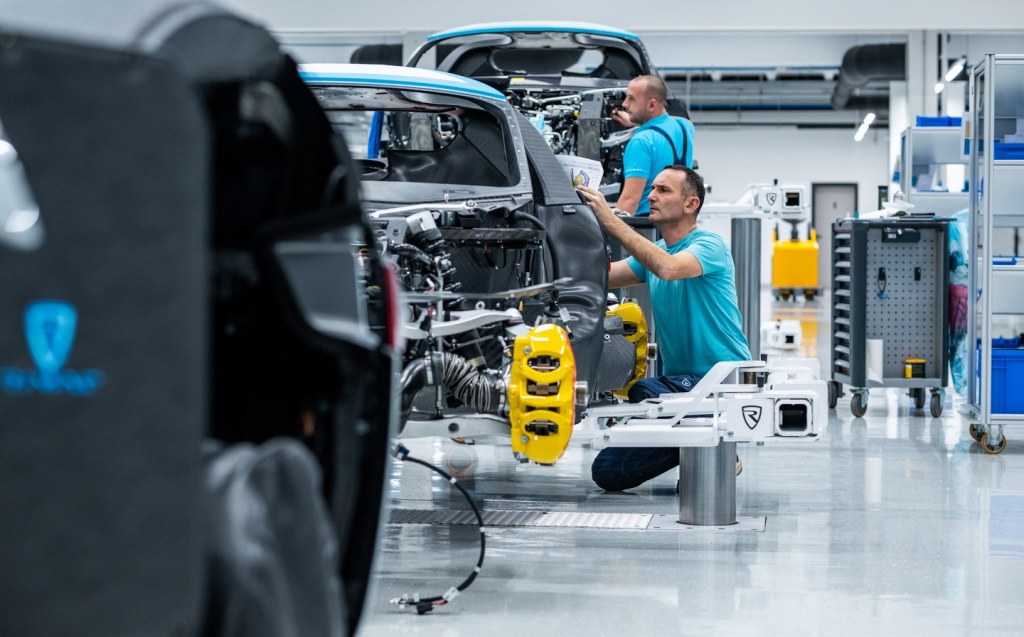
The day we arrive at the current main production facility (with an ever-expanding workforce, Rimac has an insatiable appetite for more space so the Nevera will have been manufactured in four different facilities throughout its lifecycle), there are approximately 1,500 employees and a desire for many more. Indeed, it has since announced its intention to expand its presence in the UK as well with a permanent base in the Midlands designed to tap into the rich vein of motoring and motorsport expertise in the region. Mate Rimac is still only 34 years old.
At the centre of this whirlwind of activity sits the Nevera, an electric hypercar that comes with some profoundly serious numbers: 1,888bhp, 1,725lb ft of torque, 0-60mph in 1.85 seconds, a 256mph top speed and a £1.7m price tag.
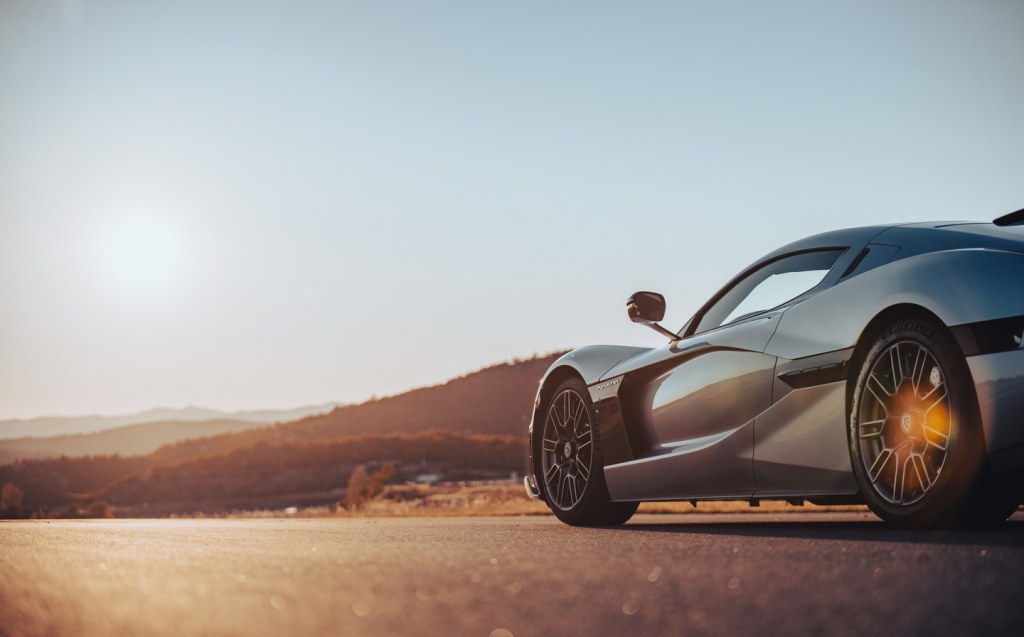
Following an eye-opening tour of the production facility, we were tossed the keys for a few hours at the wheel, taking in slippery back roads, a test track and even an opportunity to try out a rather special Drift mode.
Exterior design and rivals
Given the performance and the hyped-up capability of the Nevera, it’s quite a restrained piece of exterior design. It follows the expected hypercar norm in terms of a low and wide stance, but it’s not particularly showy or dramatic when parked up.
That’s especially the case if the rear wing is in its lowest position. It forms part of a sophisticated active aerodynamics system that adjusts four different elements – two in the nose, two at the back – to suit a wide variety of situations.
At one extreme, low drag is desirable to extend the range between charges, as it is to achieve the car’s top speed, while at the other, downforce helps with high-speed stability and cornering. The system even reacts to use of the brakes, acting as an air brake.
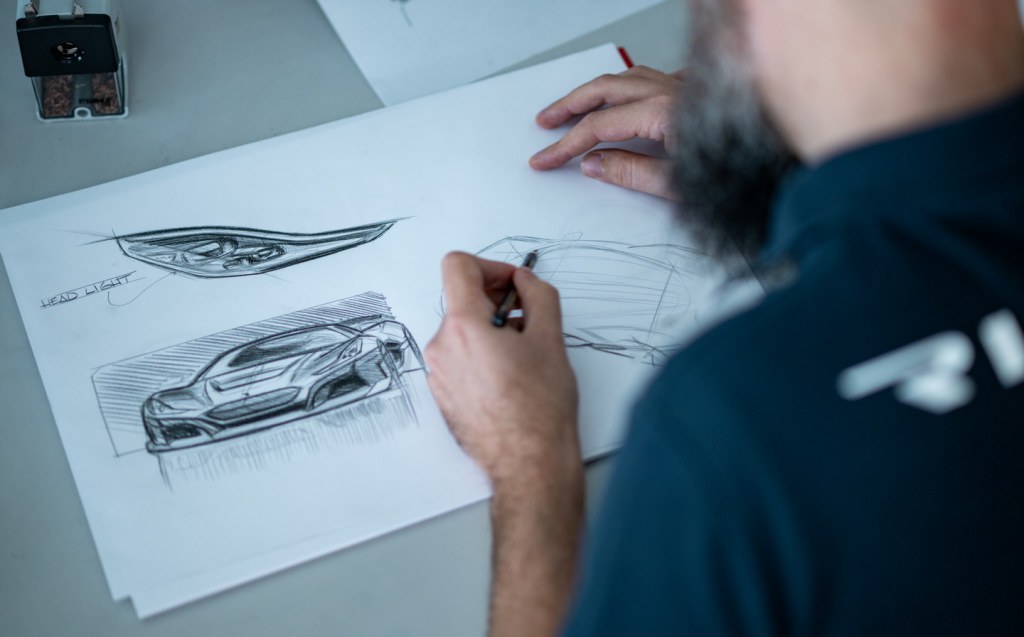
In terms of style details with meaning, take a look at a side view of the Nevera and you’ll notice a long shape that effectively runs from the nose and narrows ahead of the rear wheels. This references the cravat, which originated in Croatian military in the 17th century.
Aft of the doors on each side are three LED lights that call to mind Le Mans racers. Buyers can specify colours of a flag for these, for example, but they can also change appearance depending on the driving mode selected.
More theatre is brought to the Nevera’s appearance by the use of butterfly-wing doors. They’re surprisingly heavy to operate, though they do incorporate a sizeable section of the roof and side sill, which makes getting in and out a cinch.
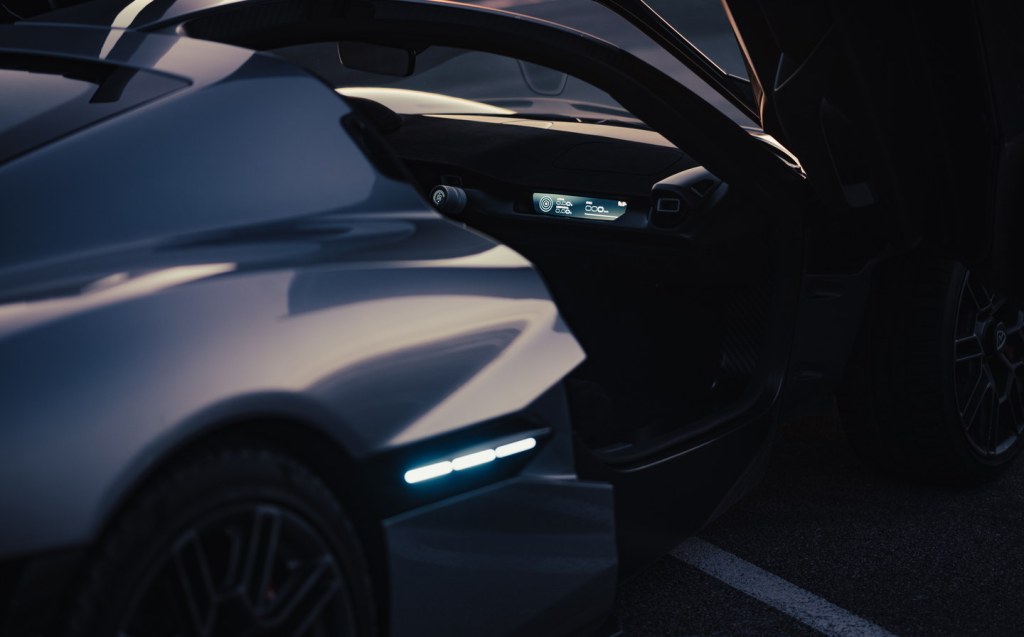
That’s all the more impressive when you see the carbon monocoque sitting on its own in the factory, as it doesn’t appear all that large or spacious. It’s a single piece incorporating the front and rear crash structures and the roof, weighing under 200kg. Rimac claims that it’s the largest and stiffest piece of carbon fibre in the industry and that its torsional rigidity is higher than that of an LMP1 racer.
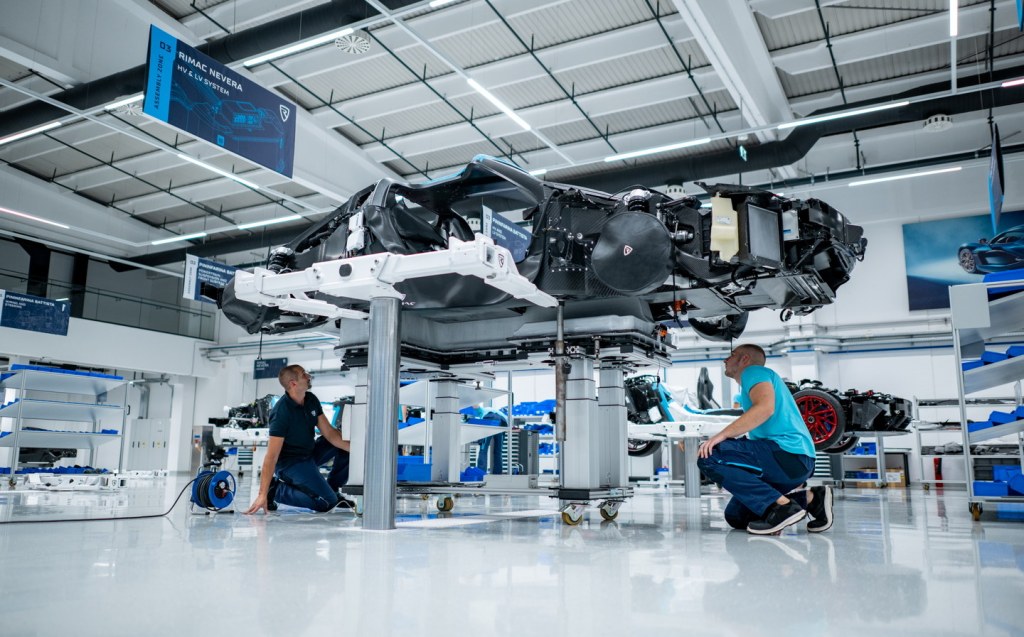
Rimac would probably also claim that the Nevera has no true rivals, conveniently forgetting the Pininfarina Battista for which it produces the rolling chassis. It as likely competes with internal combustion engined hypercars for buyers’ attention (and considerable sums of money), so arguably other limited-edition models such as the Aston Martin Valkyrie and Mercedes-AMG One are ‘rivals’. And let’s not forget Lotus’ electric hypercar, the Evija.
Interior and practicality
The two-seat cabin is on the snug side and the design is quite minimalistic, but it’s no stripped-out racer. The large battery pack is H-shaped, allowing the seats to be mounted as low as possible, while a low-set windscreen base allows for good visibility, too. The positions of the seats, and indeed the steering wheel, can be electrically adjusted via the central touchscreen.
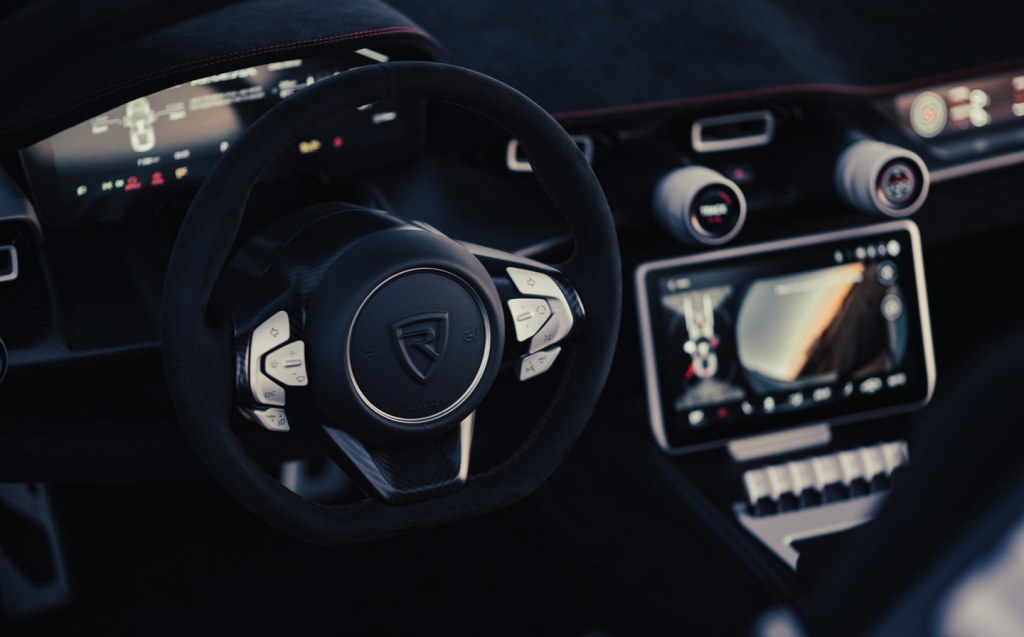
This is a proprietary system from Rimac running its in-house infotainment software, and it allows access to a bewildering array of data and customisation of the driving experience. The graphics are stylish yet easy to read at a glance, and there’s a set of solid physical buttons under the central screen for other functions. A large digital screen takes the place of instruments in front of the driver and it is crystal clear, allowing the driver choose what information they wish to see.
Rimac has cleverly paired this modern interface with chunky analogue knobs to easily allow alteration of the drive settings on the move. Depending on function, they can be turned, pushed or pulled, adding a wonderfully tactile interface with the car.
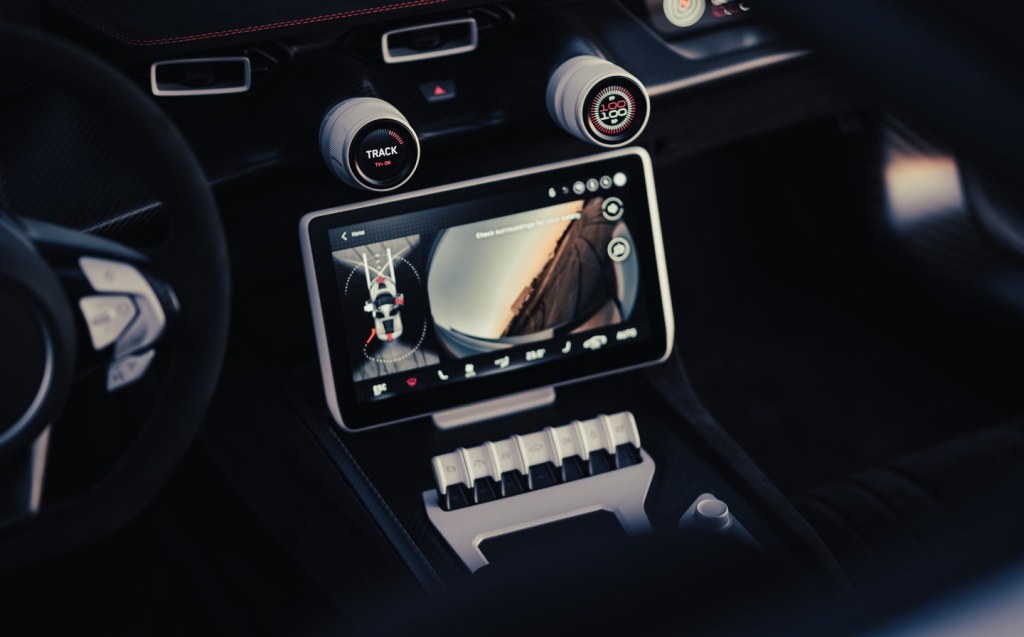
Less successful are the controls mounted to the flat-bottomed steering wheel. Ferrari-like, there are no steering column stalks, with buttons on the spokes instead replacing their functionality. The switches are of high quality but we found the operation of the indicators a little hit-and-miss. Perhaps they just take a little more time to get used to.
Remarkably, almost every inch of the Nevera’s cabin has been designed and built by Rimac. You won’t find its high-quality switchgear in any other car. The major exception is the figure-hugging seats, which are manufactured by Sabelt to Rimac’s specification to allow for worldwide homologation. They can be trimmed in a variety of materials, however, as can the rest of the cabin. As a vegan, Mate Rimac would prefer if buyers chose from its range of non-leather options, but leather is available, too.
Technology and safety
The Nevera is one big technology showcase, almost all developed in-house by Rimac. That extends to the battery system, inverters, traction control, regenerative braking, high-voltage and low-voltage harnesses, electronic control units and even a bespoke 22kW on-board AC charger.

At the heart of it all is an nVIDIA Pegasus-based supercomputer. It processes six terabytes of data per hour of driving, taking 4,500 inputs, and sends signals to the four electric motors 100 times per second.
This computing power allows for sophisticated control systems, such as Rimac’s own torque-vectoring function that enables mere mortals deploy the considerable power output available. Even this is customisable by the driver.
“Anyone who dismisses sporty electric cars for their lack of an evocative noise needs to hear the Nevera at work — it’s mechanical and exciting in a totally new and different way”
And to help the driver improve, Rimac has an AI (Artificial Intelligence) Driver Coach function in development. It wasn’t available on the day of our test drive, but it will be offered via the car’s built-in over-the-air update system in time. AI Driver Coach will use the Nevera’s suite of ultrasonic and radar sensors, along with its 13 cameras, to help drivers learn racetracks and perfect their lines, giving guidance in real-time as they tackle a circuit.
Performance, range and charging times
The Rimac Nevera is officially the fastest series-production electric car in the world, recently hitting 256mph – though apparently, customer cars are limited to 219mph by default. On the way to that v-max, it hits 60mph in just 1.85 seconds, 100mph in 4.3 seconds and covers the standing-start quarter mile in 8.58 seconds. The latter stat makes it the fastest-accelerating production car on the planet according to Rimac – regardless of what powers it.
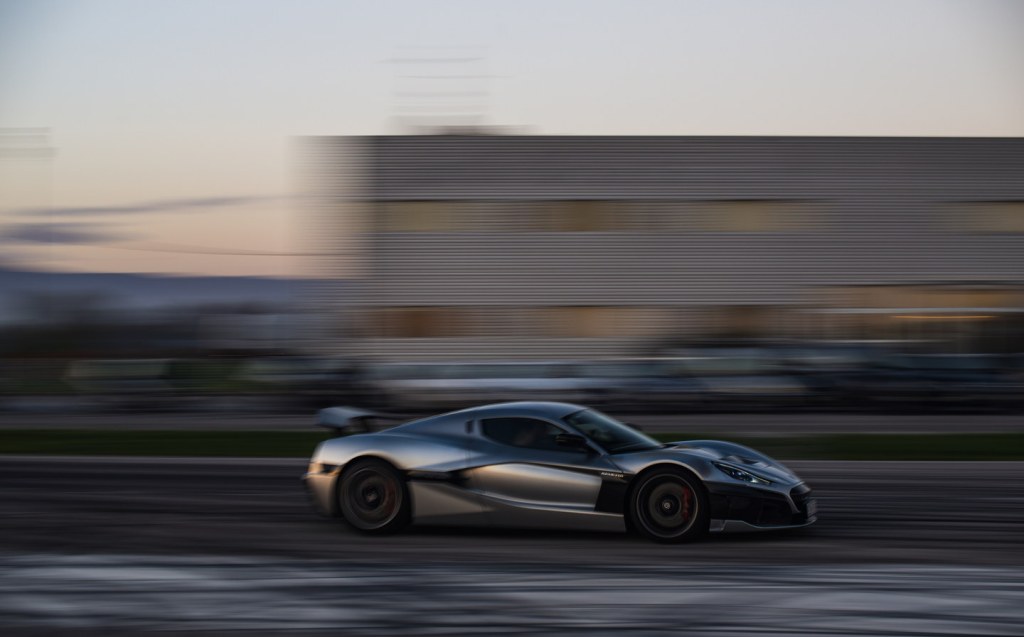
Those figures are made possible by a bespoke four-motor setup, using an inboard electric motor per wheel and single-speed reduction gearboxes. Peak power is 1,888bhp, while there’s also up to 1,725lb ft of torque produced.
And when you get an opportunity to unleash all of that in full (on track only please), you are in no doubt as to the veracity of the figures, as the Nevera accelerates like very few other vehicles in the world.
Launch control is simple to initiate: hold the brake pedal down firmly with your left foot, plant your right foot on the accelerator and then let the brake pedal go. If you’ve not already moved your head back against the headrest, it instantly hits it, while your innards move rearwards as the car quickly reaches a point that was in the middle distance just moments before. It’s astounding.
While it does take acclimatising to the force of acceleration available, the Nevera makes it accessible, too. In its default settings, for example, you don’t even need to hold the steering wheel to accelerate hard in a straight line, as the system controls traction and stability with an iron fist. It’s utterly stable and controlled while deploying the motors’ full output to the road.
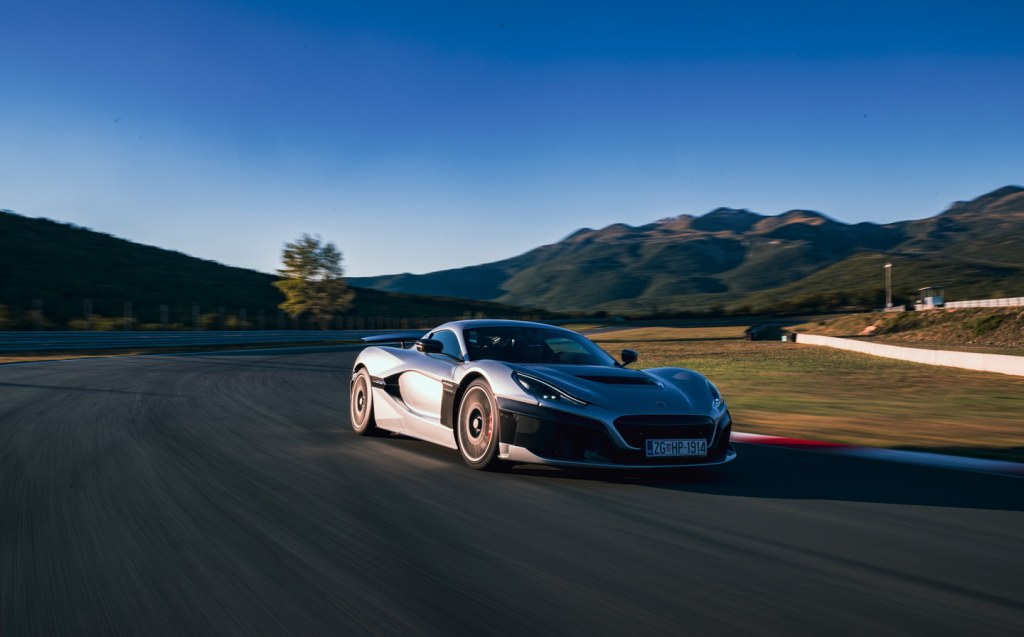
And anyone who dismisses sporty electric cars for their lack of an evocative noise needs to hear the Nevera at work. There’s no aural trickery at work here, just four electric motors and their gearboxes rotating rapidly. It’s mechanical and exciting in a totally new and different way to what has gone before.
Impressively, the Nevera has been developed to consistently deliver this performance. There’s no need to pre-warm or prepare the battery ahead of using launch control or the more extreme driving modes. Even if the battery charge is down to 30%, there’s still about 1,500bhp available, too. Rimac also says that it carried out 500 launches of 0-124mph during durability testing with no issues.
When you’re not trying to verify Rimac’s speed records, its performance is effortless. The sound from the powertrain never dies down to silence, but you can hold an easy conversation with a passenger at a high-speed cruise on the motorway, for example. And in those conditions, it takes a mere flex of your right ankle to return to cruising speed after slowing down for traffic.
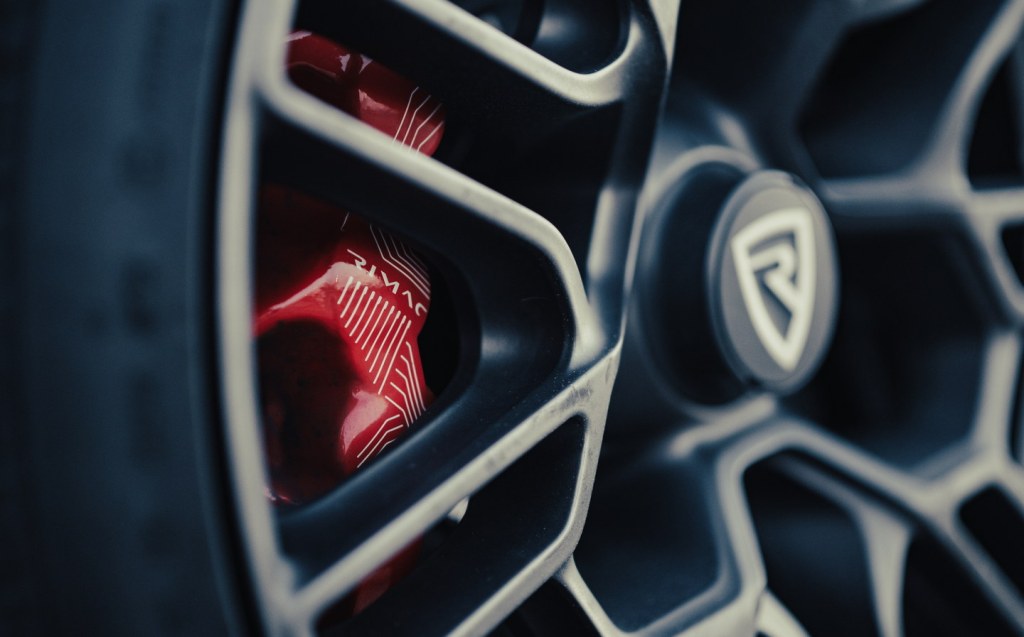
In summary, the Nevera is effortlessly fast in everyday driving, in the same way many high-performance cars are, but when you get an opportunity to hold the accelerator pedal all the way down its speed is otherworldly.
Rimac, however, didn’t set out to produce a car for one-off acceleration runs and track days; the Nevera was designed to be used on the road over long distances, too. The 120kWh battery pack is good for 300 miles under WLTP testing conditions and it has been future-proofed with the ability to charge at up to 500kW. That would theoretically allow a 0-80% charge in 19 minutes, though there are no 500kW chargers in Britain currently — the best you’ll find is a 350kW charger, where the same feat only takes 25 minutes.
Ride and handling
Bolted to the super-stiff carbon chassis is proven double-wishbone suspension at each corner. Adaptive dampers with three base levels are standard, as is active ride height adjustment. Hence, while the car does adapt to given conditions, how it drives is determined by which of the driving modes is selected — and there are customisable modes, too.

These alter the steer-by-wire and brake-by-wire systems, the aerodynamics, the ride height, the damping, response to the accelerator and the split of the torque front-to-rear. Independently, the driver can choose from two different levels of torque vectoring, or to switch it off completely.
The Range setting tweaks the car for maximum range on the battery charge, for example, while Cruise is designed to allow for comfortable on-road driving.
In Sport mode, response to the accelerator is more immediate, the rear wing rises up to cause visibility issues in the rear-view mirror and everything else is sharpened up noticeably. Even so, on the motorway, the car is not uncomfortable in this setting. It is firm on the road, undoubtedly, but it moves with the surface smoothly.
As the temperatures are low, winter tyres have been fitted to our test car, which probably don’t show the chassis to its best ability and no doubt increase tyre roar, but we’re glad of them as we tackle a greasy back road through a forested region.
The lack of grip reveals how alive the steering is, however, and despite the huge numbers associated with this car, it isn’t particularly intimidating to drive quickly on a small country lane. It moves all apiece from corner to corner and it’s really good fun – though you are conscious of how wide the car is in such circumstances.
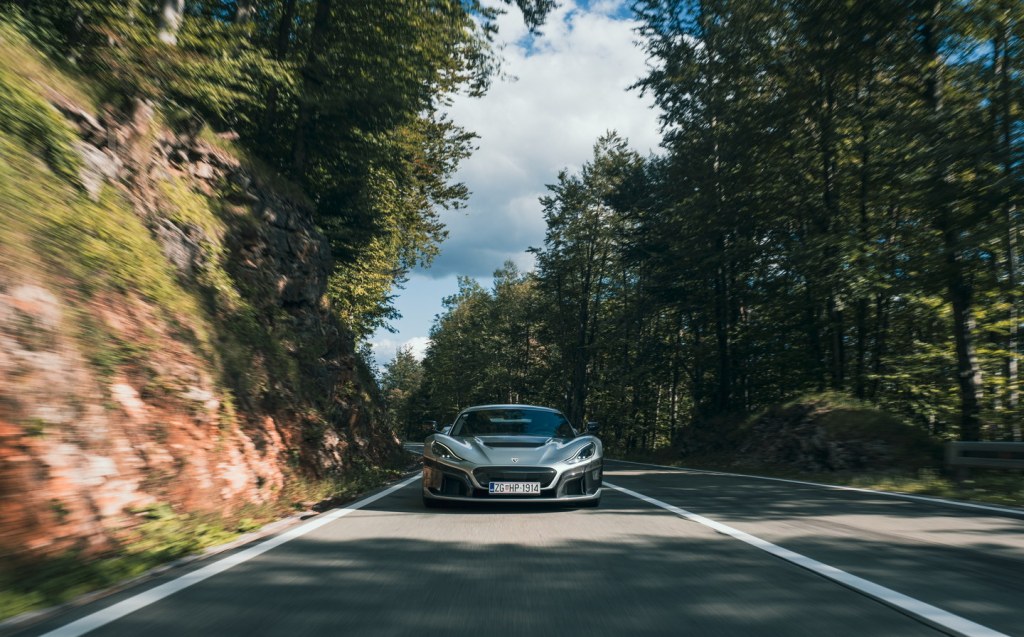
The only reservation we have is with the brake-by-wire system. At low speeds and when dealing with lots of minute speed adjustments, there’s an audible click every time you squeeze the brake pedal. This apparently is the valving controlling how much brake energy regeneration is being used and how much the massive standard brakes are employed. It sounds like an electrical relay and is accompanied by a fraction of dead movement of the brake pedal itself that isn’t entirely satisfying.
Later in the day we get to push the Nevera to its limits on a test track and the issue is all but forgotten when using the brakes to the full. The Track driving mode is made for this situation, though it does show up the limitations of the winter tyres, which too quickly get beyond their comfort zone.
“With the sun setting and our time in the car coming to a close, it’s time to try the last driving mode in the Nevera’s armoury – Drift”
Nonetheless, there’s time to discover the true character of the car. It is breath-takingly quick on track. It takes a few laps to realise that the Nevera devours straights so quickly that you need to rethink the braking points, as your brain can’t quite comprehend what’s happening. Even so, in those first sighter laps it’s clear that the car is quite forgiving of any ham-fistedness, and it is utterly stable.
When you get to grips with the speed and the immense performance on tap, it rewards with keen responses and you soon learn where you can take liberties and how to extract the most from the car — and yourself. Dialling back the torque vectoring system is illuminating, as it reveals how much work the car is doing for you, especially on the entry and exit of corners.
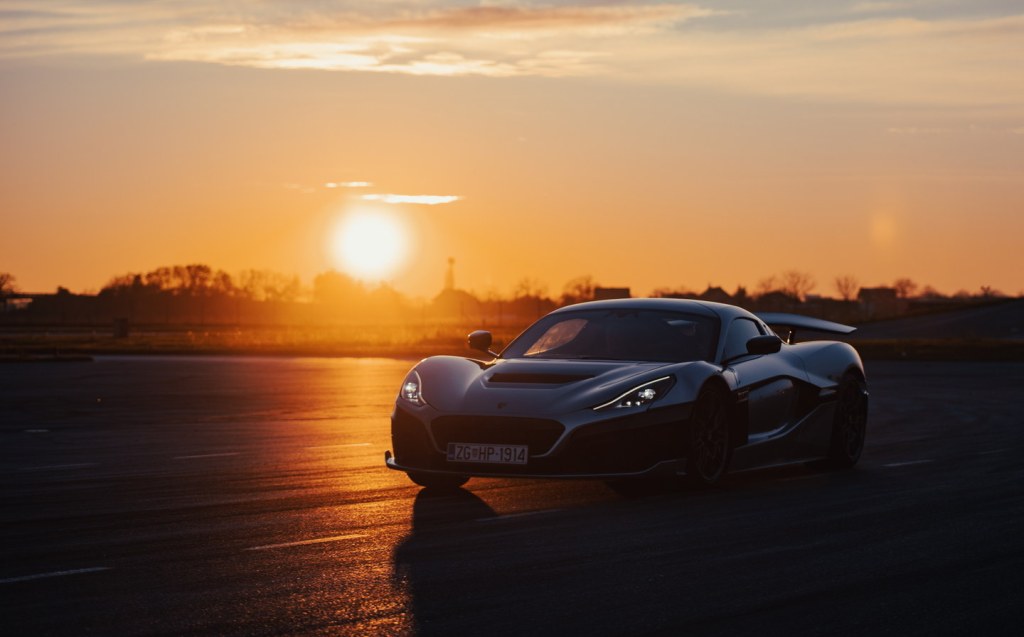
Nonetheless, with it turned off, the Nevera is still biddable and, crucially, fun thanks to the feedback you get from it through the seat and steering. It’s all the more remarkable when you remember that it weighs about 2.3 tons.
With the sun setting and our time in the car coming to a close, it’s time to try the last driving mode in the Nevera’s armoury – Drift. With four independent electric motors of high output at its disposal, Rimac does this a little differently to how we’ve seen before. It isn’t just a case of using the rear motors only. Indeed, the front motors are also used so as to allow silly angles of controlled drift.
Amusingly, we’re told that over 100 sets of tyres were used in the development of the Drift mode alone and even the amount of tyre smoke was tuned.
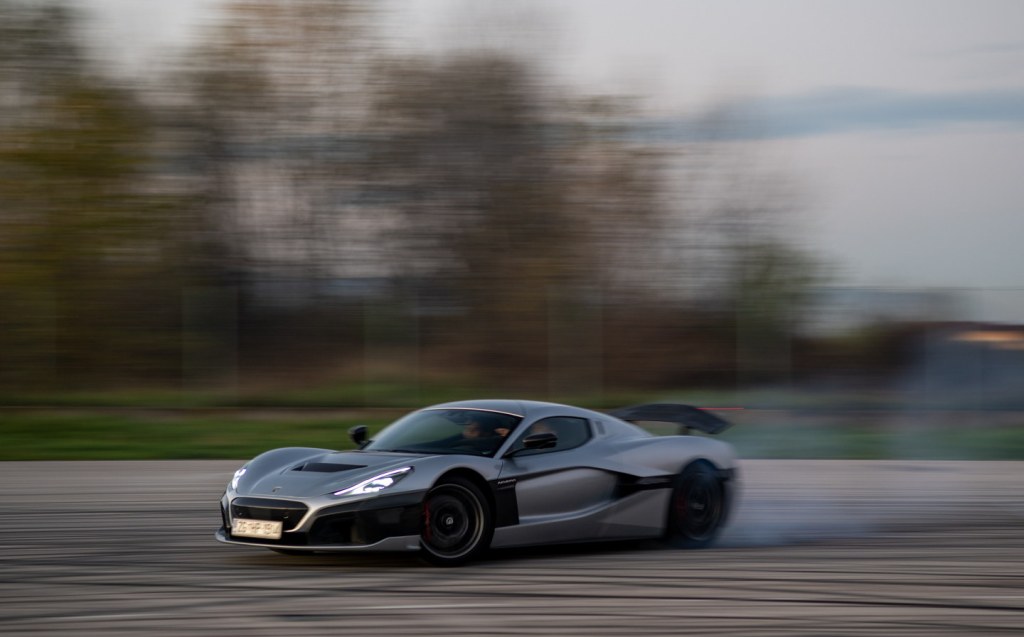
It’s laughably easy to initiate the drift with so much power to use, but what stands out is how easy it is to hold the Nevera in a drift. There’s no need to feather the accelerator as you would in a car with an engine, as there’s instant response to input, and we’re soon doing controlled full circles, smoke pouring off the rear tyres, with hardly any adjustment of steering or accelerator needed.
Pricing and on-sale date
Rimac has committed to producing just 150 examples of the Nevera for sale and first deliveries began in the summer of 2022. Though the first two years of production are accounted for, there are cars still available to order. Pricing starts at about the £1.7m mark before taxes, but unfortunately for British buyers the steering wheel on all cars will be on the left-hand side.
Verdict: Rimac Nevera review

A car with the headline figures of the Rimac Nevera could never be anything other than breath-taking, and it certainly lives up to its billing.
Would-be buyers shouldn’t be distracted by the huge performance and the world records that are part and parcel of this car, as there’s so much more to it than that. It is an incredibly exciting piece of automotive technology and art rolled into one, but one that can be driven long distance comfortably.
What’s more, it’s only the starting point for the Croatian company, one that is on a trajectory that is just as beguiling. We can’t wait to see what Mate Rimac does next.
Related articles
- After reading our review of the Rimac Nevera, you might like to read Will Dron’s review of the McLaren Artura hybrid
- Did you know that Bugatti and Rimac have joined forces?
- Check out our five best supercars to buy in 2022
Latest articles
- Audi S5 2024 review: Audi smells blood in battle with BMW
- F1 2024 calendar and race reports: What time the next grand prix starts and what happened in the previous rounds
- AA calls for graduated licensing scheme to prevent deaths of young, inexperienced drivers
- Porsche Macan 2024 review: Entry-level electric SUV is a marathon runner, not a sprinter, but that doesn’t affect its all-star athletic appeal
- How your 10-year-old can get behind the wheel of a Mercedes, Porsche or Bentley … and why you should do it
- Lotus Eletre 2024 review: Is the electric Lotus SUV an abomination or a class act?
- Prices for hot Nissan Ariya Nismo announced … red sill strip light included
- Return of the Renault 4: Full details and images from Paris motor show unveiling
- Elon Musk unveils ‘Cybercab’ robotaxi for claimed 2026 rollout and offers guests first rides … in controlled environment


